EU 5% Digital Service Tax Could Generate EUR 37.5 Billion: CEPS Study
-l0zcrrzvhb.webp)
The Centre for European Policy Studies (CEPS) released an in-depth analysis on the imposition of the 5% Digital Service Tax at the EU level. The study was conducted at the request of the Greens/EFA members in the European Parliament.
In addition to providing insight on the possible impact of implementing the 5% DST, the paper provides alternative solutions that the EU could consider implementing, such as a digital permanent establishment tax, a destination-based cash-flow tax, and expanding VAT on digital transactions.
Key Takeaways From the Study
As the study underlines, the expansion of the digital economy brought many new challenges for traditional tax systems that rely on physical presence. However, in the digital economy, businesses, especially tech companies, generate revenue from all parts of the globe while often choosing to have a physical presence in low-tax jurisdictions or to shift profits to more favorable tax jurisdictions.
In 2018, the European Commission proposed a 3% DST on specific digital revenue. However, the EU countries never reached a final agreement, leaving each country to decide individually whether to impose DST and at what rate.
The CEPS study shows that a 5% DST on the EU level could contribute to a revenue of EUR 37.5 billion in 2026, representing almost 19% of the EU's 2025 budget. The study's authors included several alternatives to the DST, suggesting that the DST may be the best short-term solution.
Broadening the VAT base to include a broader range of digital services, such as online advertising, streaming, and cloud services, could raise more revenue while maintaining consistency with the existing VAT structure.
In addition to several advantages of a broader VAT base, there are also some disadvantages, such as higher digital service prices, which could harm cloud computing, e-commerce, and online media services. Furthermore, the impact of such a measure could be more severe on SMEs due to the more complex VAT rules and regulations, and fewer resources than large companies. Also, a variety of applicable VAT rates across EU countries is a considerable challenge when considering the broader application of VAT rules.
Conclusion
The primary consideration from the study is that the EU should prioritise the introduction of the DST. Whether the EU official will, in the first line, consider and then reach an agreement on the recommendation remains to be seen.
Considering other potential solutions in the study, the EU could move in another direction and, instead of implementing DST, broaden the VAT base or impose some other type of tax specifically designed to answer the digital economy challenges.
Source: CEPS Analysis - Towards a European Digital Services Tax

Featured Insights

Angola’s E-Invoicing Mandate: Phased Implementation Continues Into 2026
🕝 December 10, 2025
VAT Deduction and Business Succession: When Do Advisory Costs Serve the Company’s Interest?
🕝 December 8, 2025
Europe’s Plastic Fiscal Shift: Why Italy’s Plastic Tax Now Starts in 2027
🕝 December 3, 2025
The Decline of Low-Value Import Exemptions: Closing Gaps in Cross-Border E-Commerce
🕝 November 20, 2025More News from Europe
Get real-time updates and developments from around the world, keeping you informed and prepared.
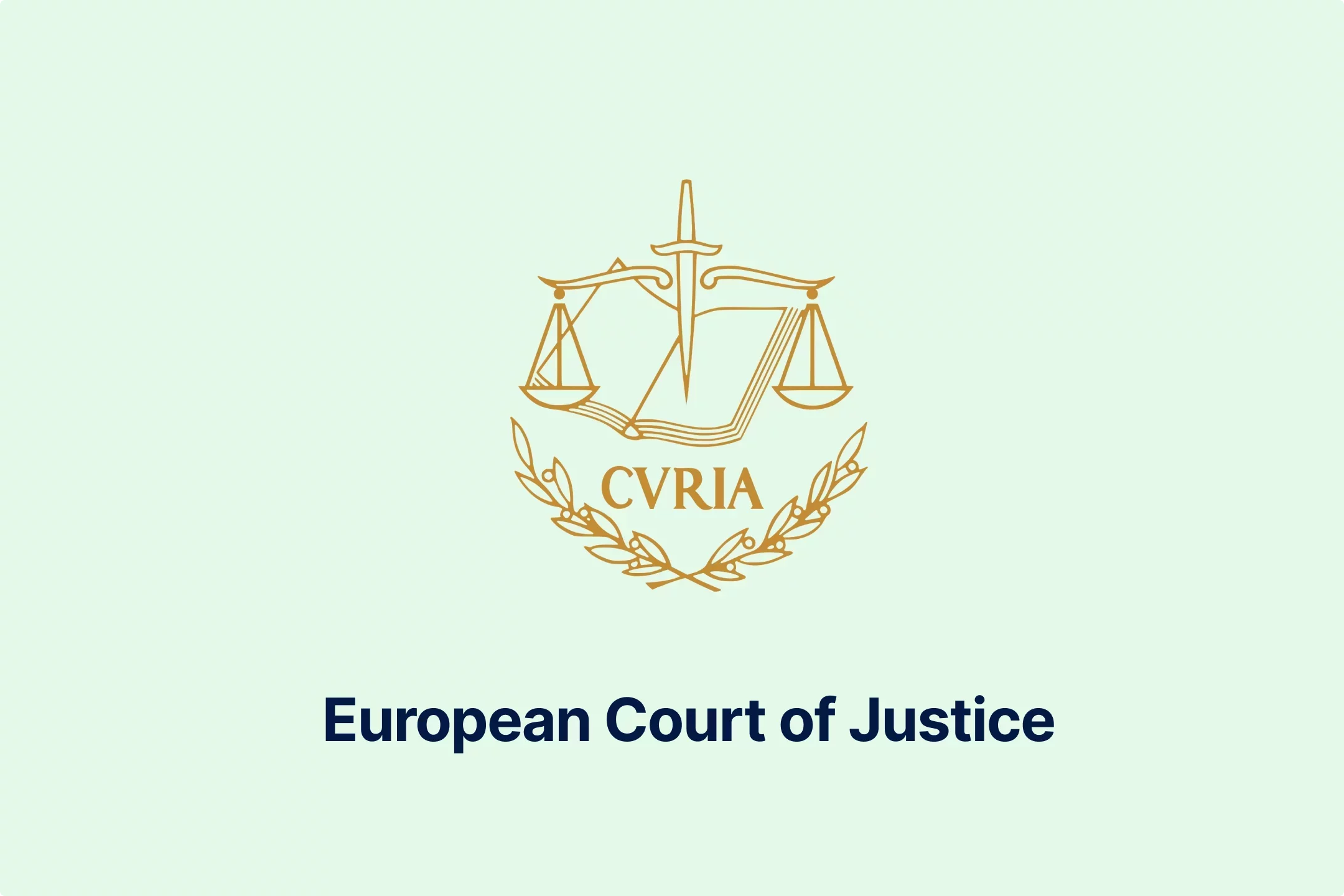
EU Law Primacy in VAT: ECJ Rules on Hungarian National Practice
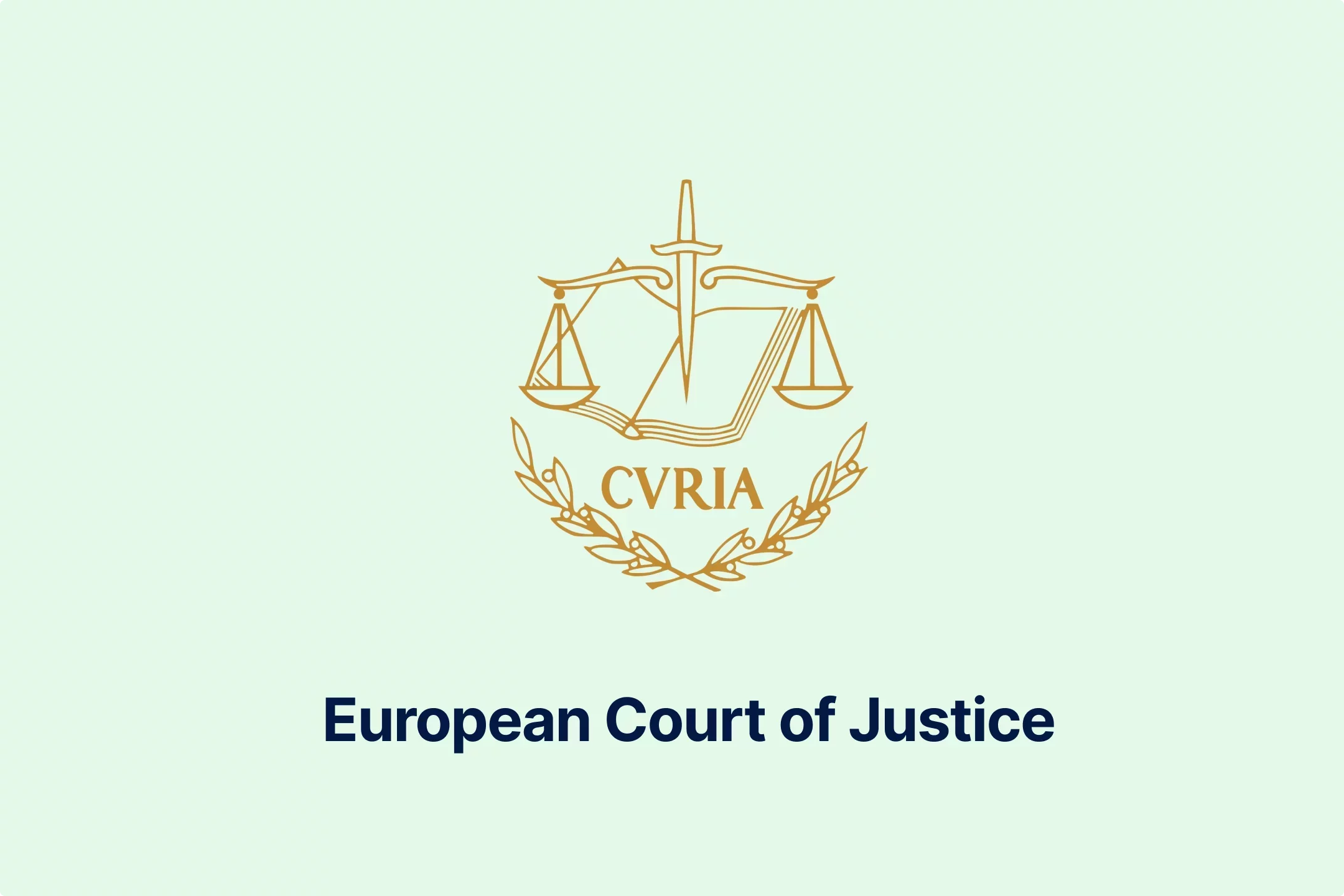
Appstore VAT Ruling: Who owns your In-App Purchase tax? C-101/24
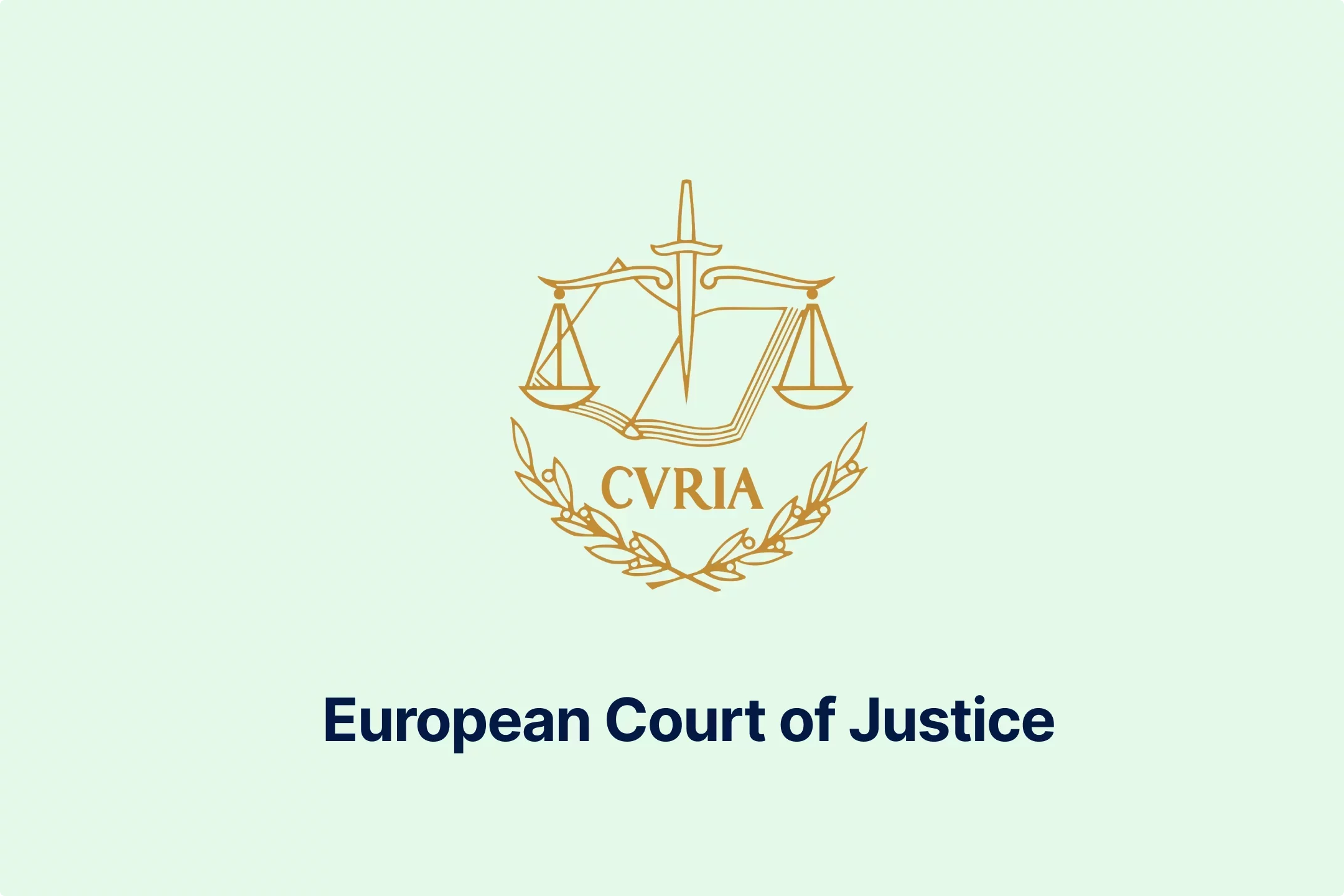
VAT Treatment of EU-Funded Projects for Non-Profit Associations

Right to Deduct VAT on Fixed Asset Reconstruction: Court Ruling
-7xsxxoypnx.webp)
Italy’s EUR 1 Billion VAT Dispute with Meta, X, and LinkedIn Explained
-l0zcrrzvhb.webp)
EU 5% Digital Service Tax Could Generate EUR 37.5 Billion: CEPS Study

Restrictions on VAT Deduction: Key Legal Cases & Compliance Insights
-qsozqjwle2.webp)
EU Parliament Approves ViDA: VAT Reforms & Digital Tax Compliance

-e9lcpxl5nq.webp)

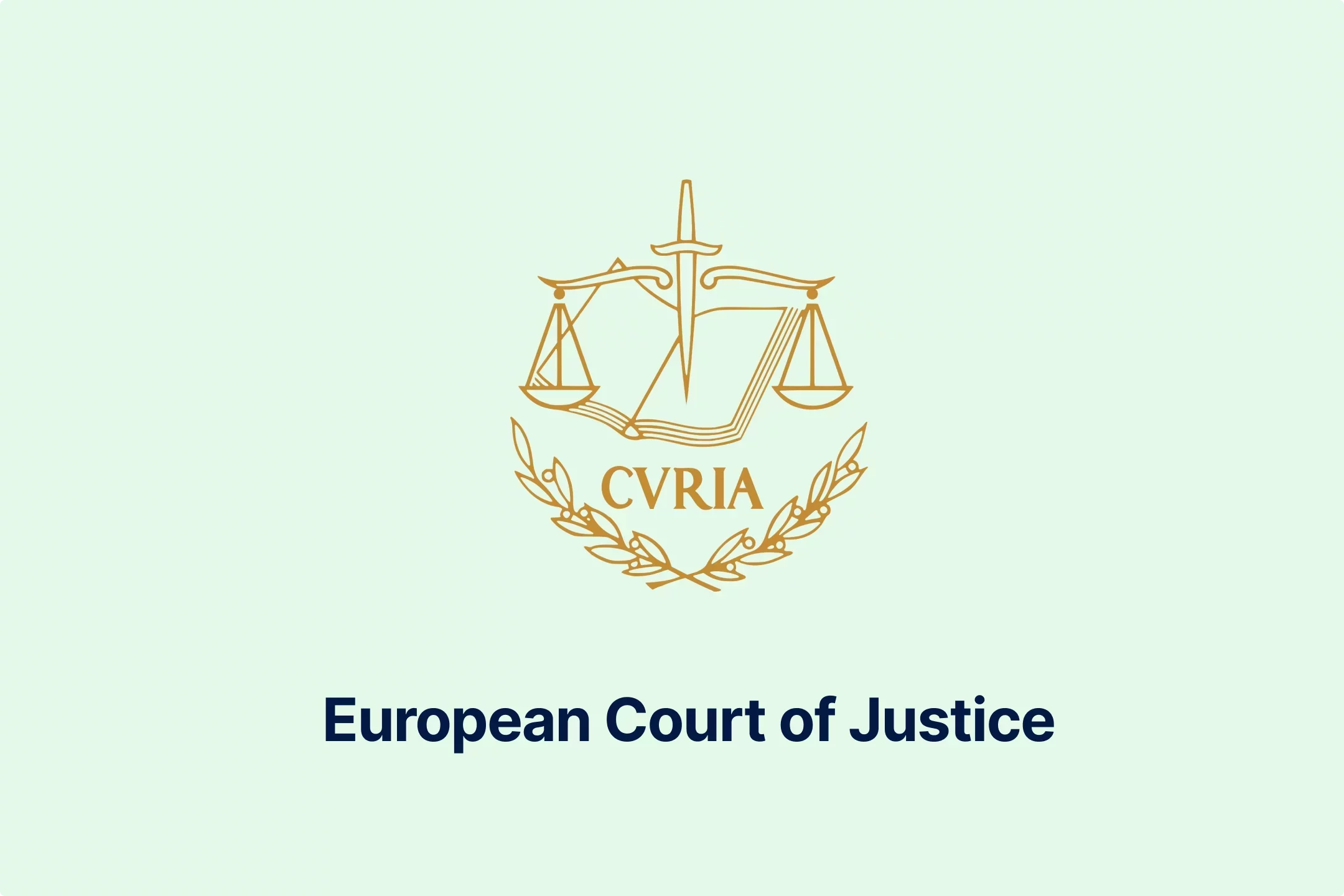
-njgdvdxe2u.webp)
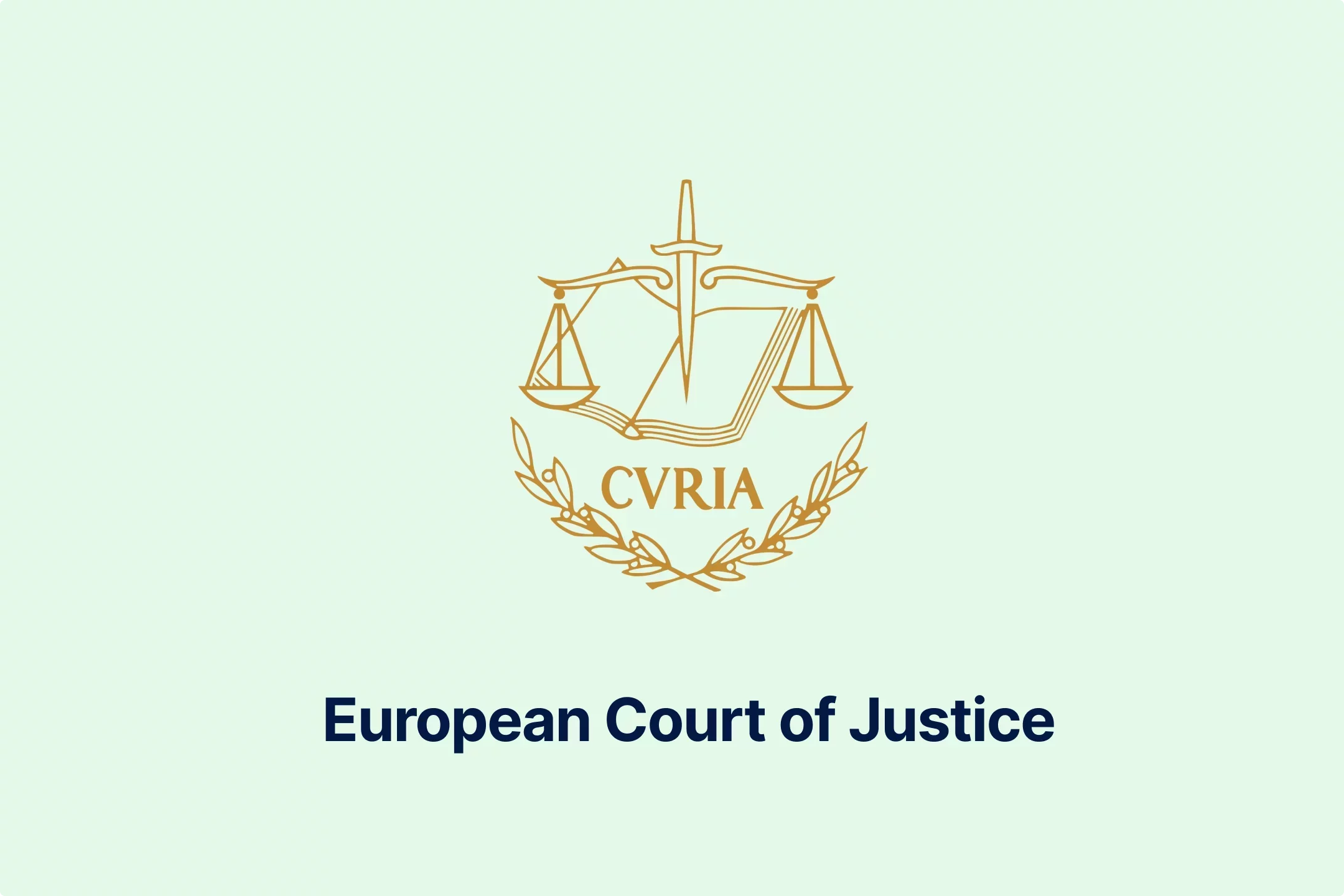


-i6rki3jbad.webp)
-hdwgtama05.webp)
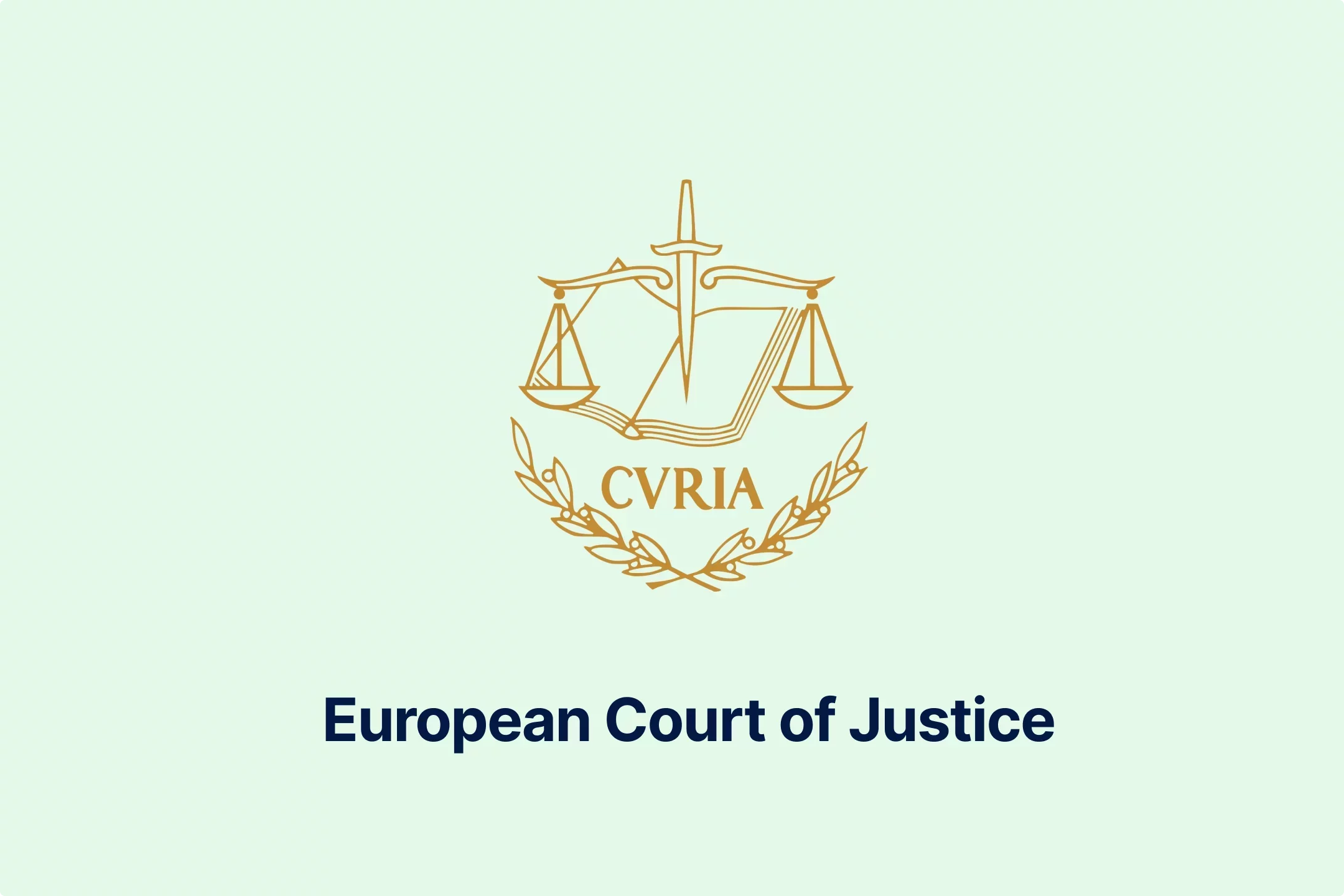
-atbhy5fyxv.webp)
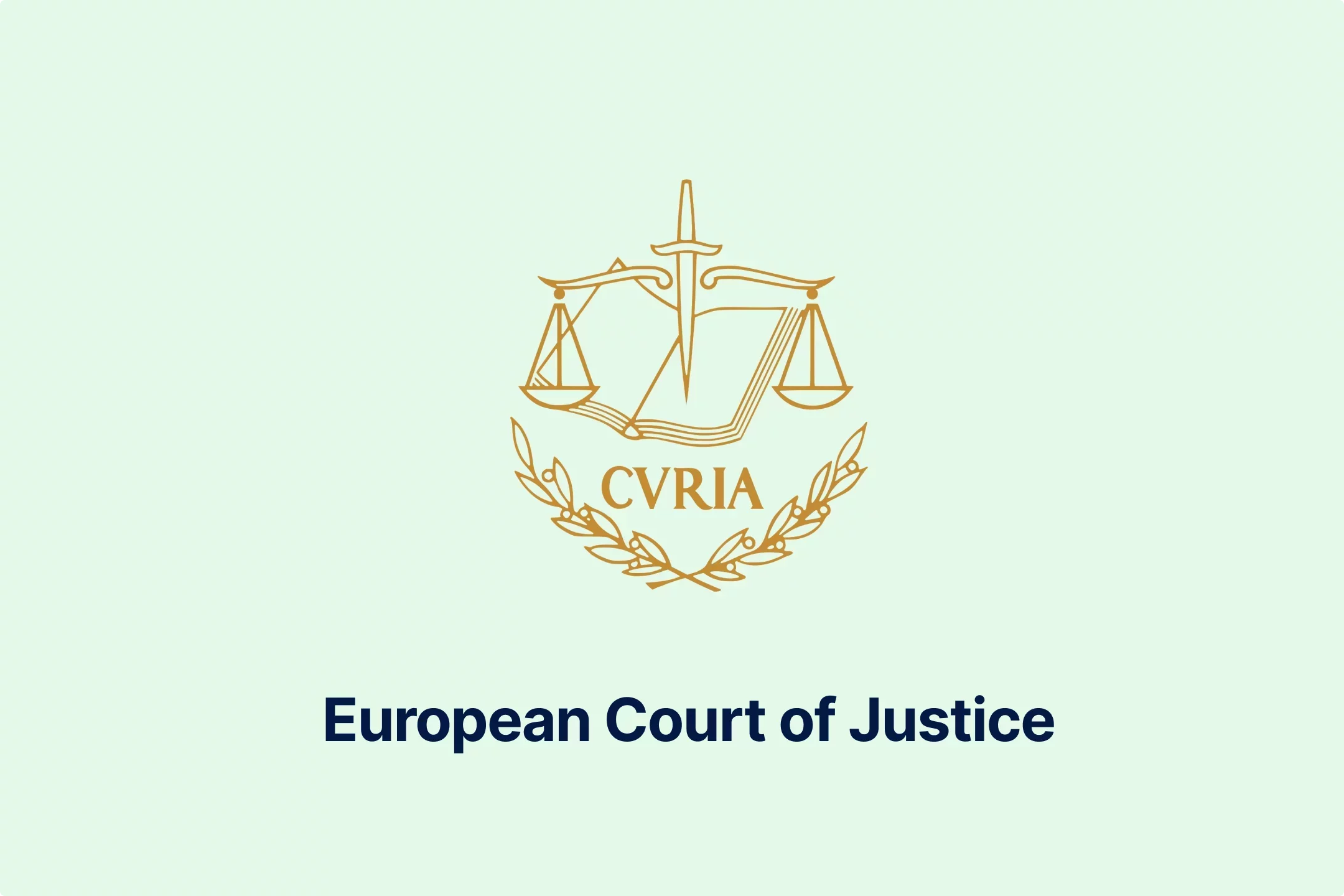
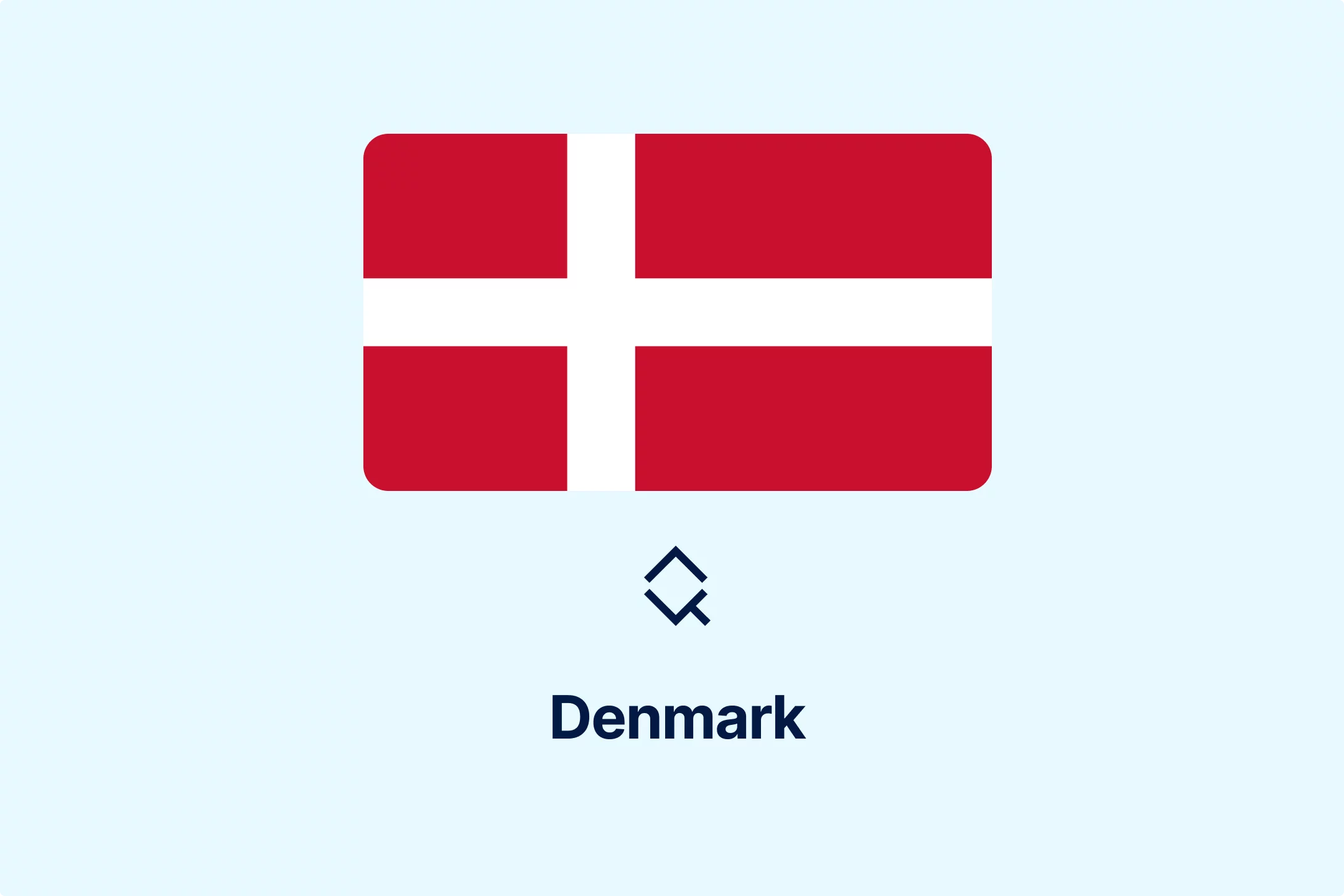


-zp2n6zixoa.webp)
-oa1ynbm4sn.webp)

-lltkno6txy.webp)


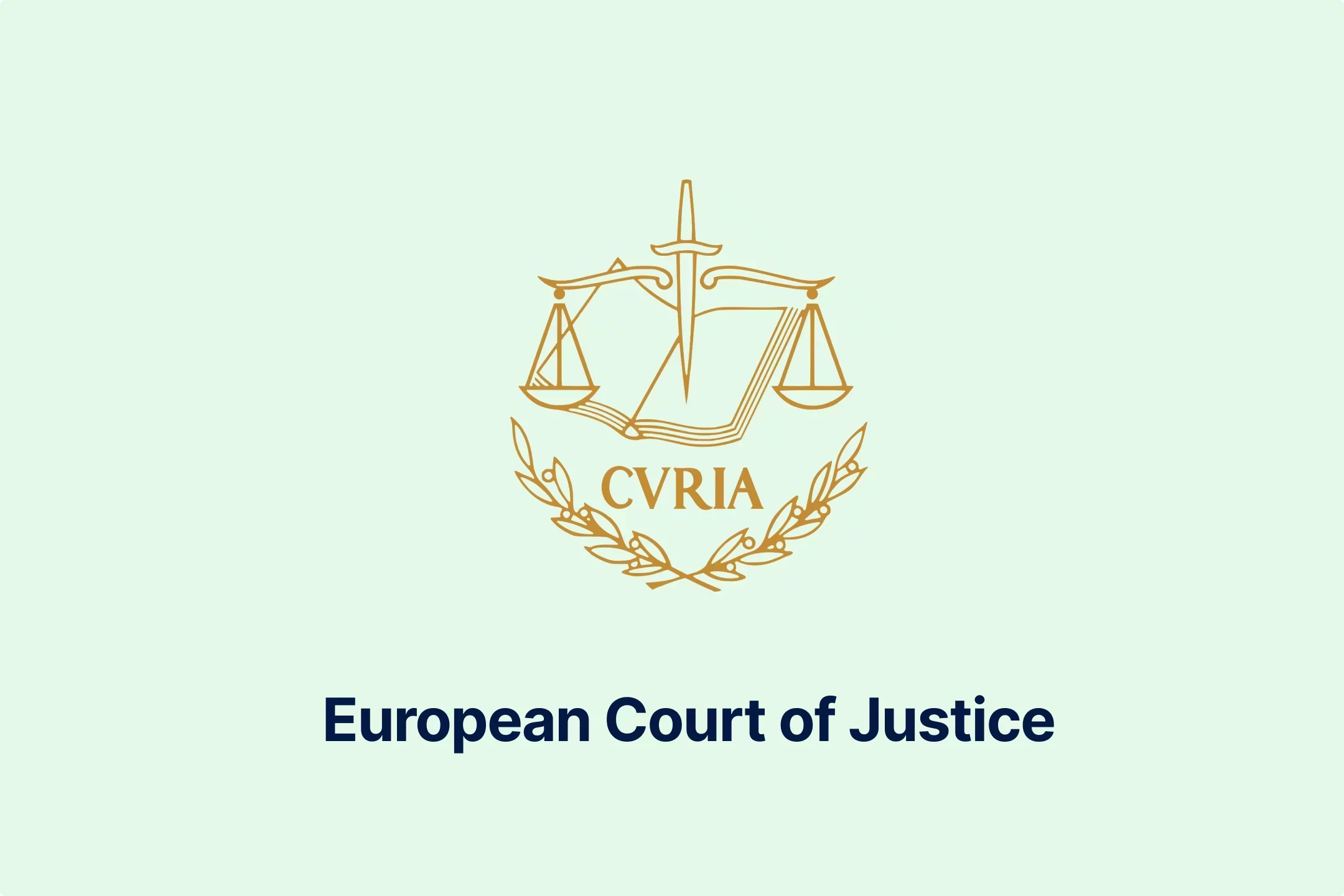
-do38odrqnq.webp)
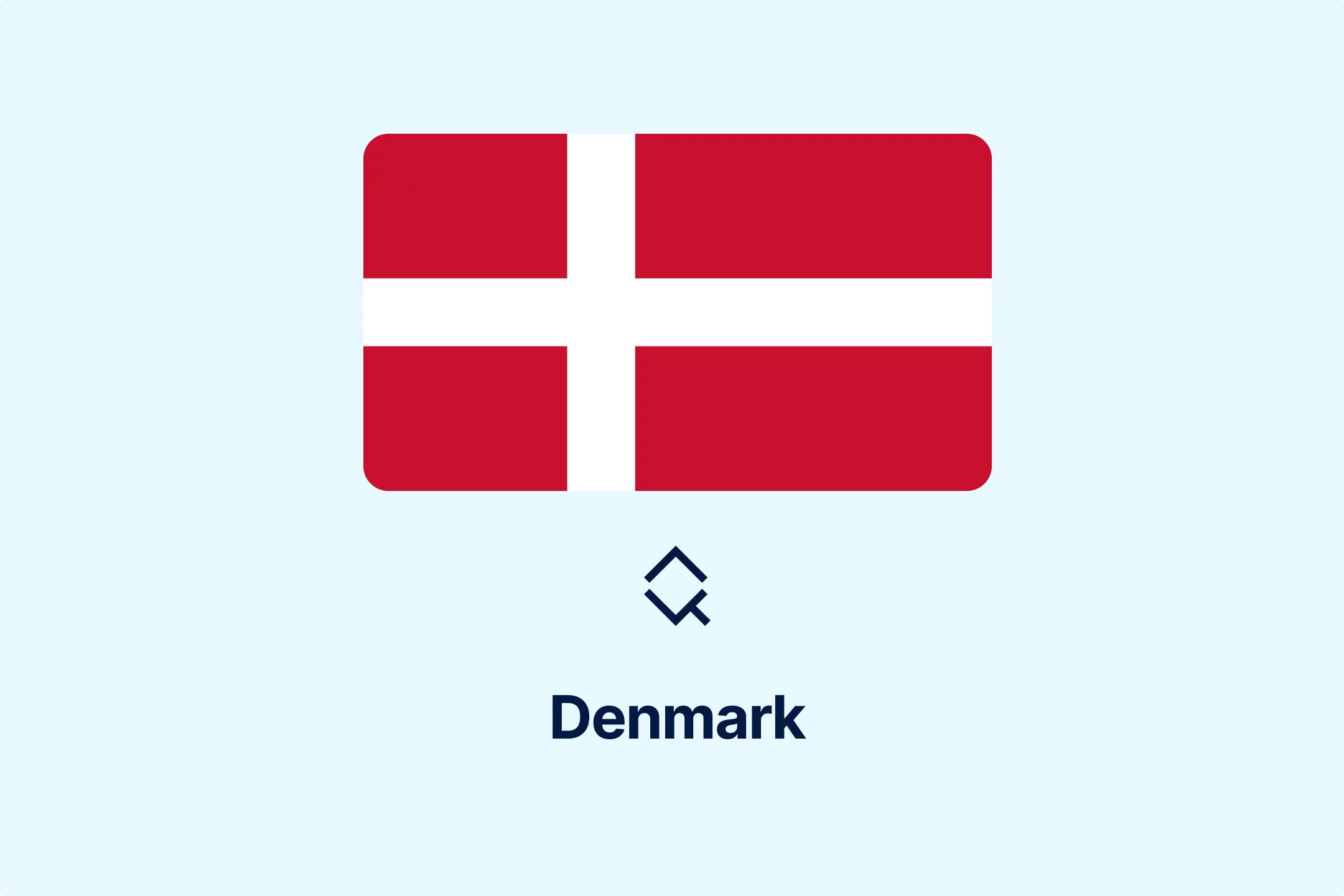
-t409oldqzt.webp)
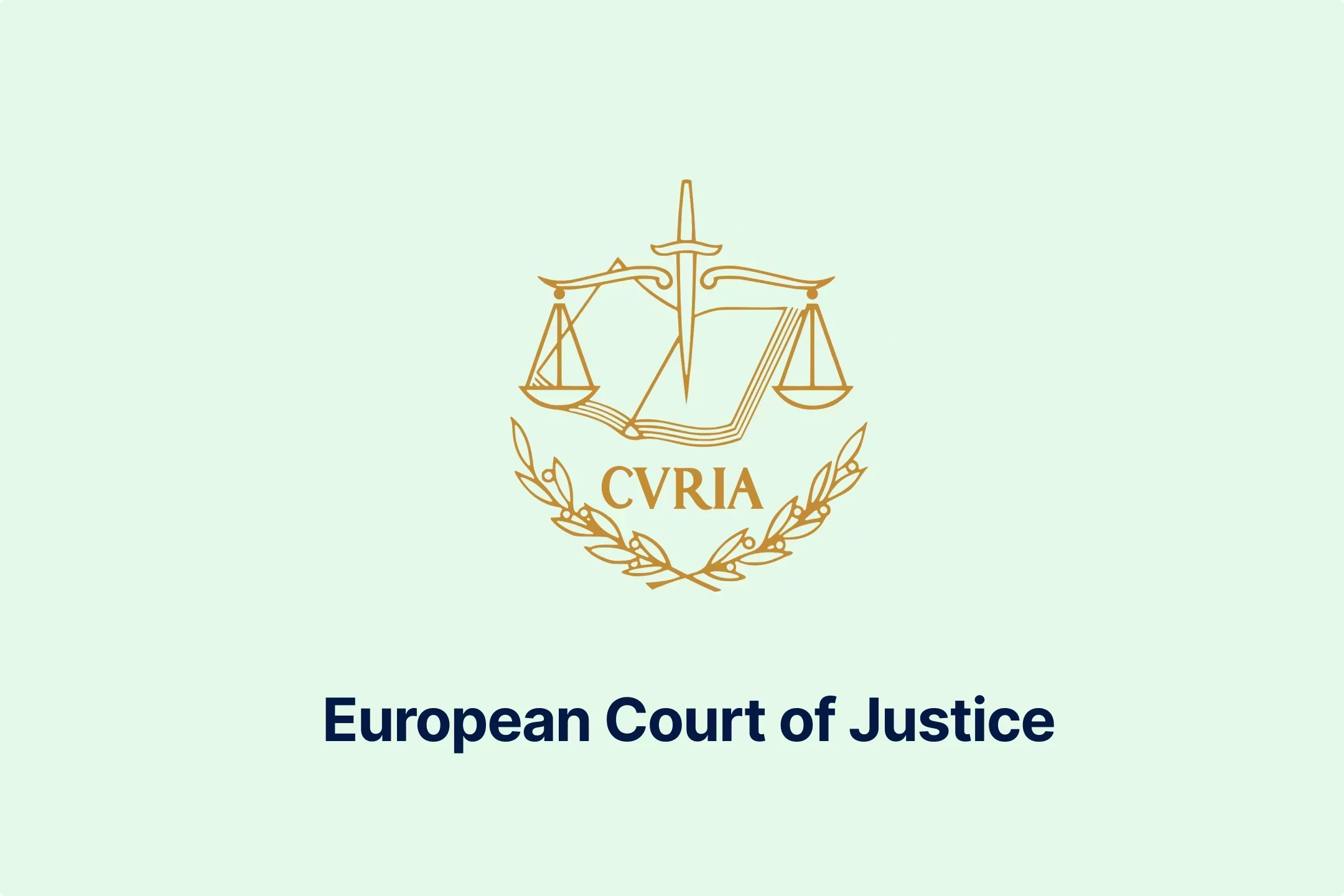
-hordopb6xh.webp)
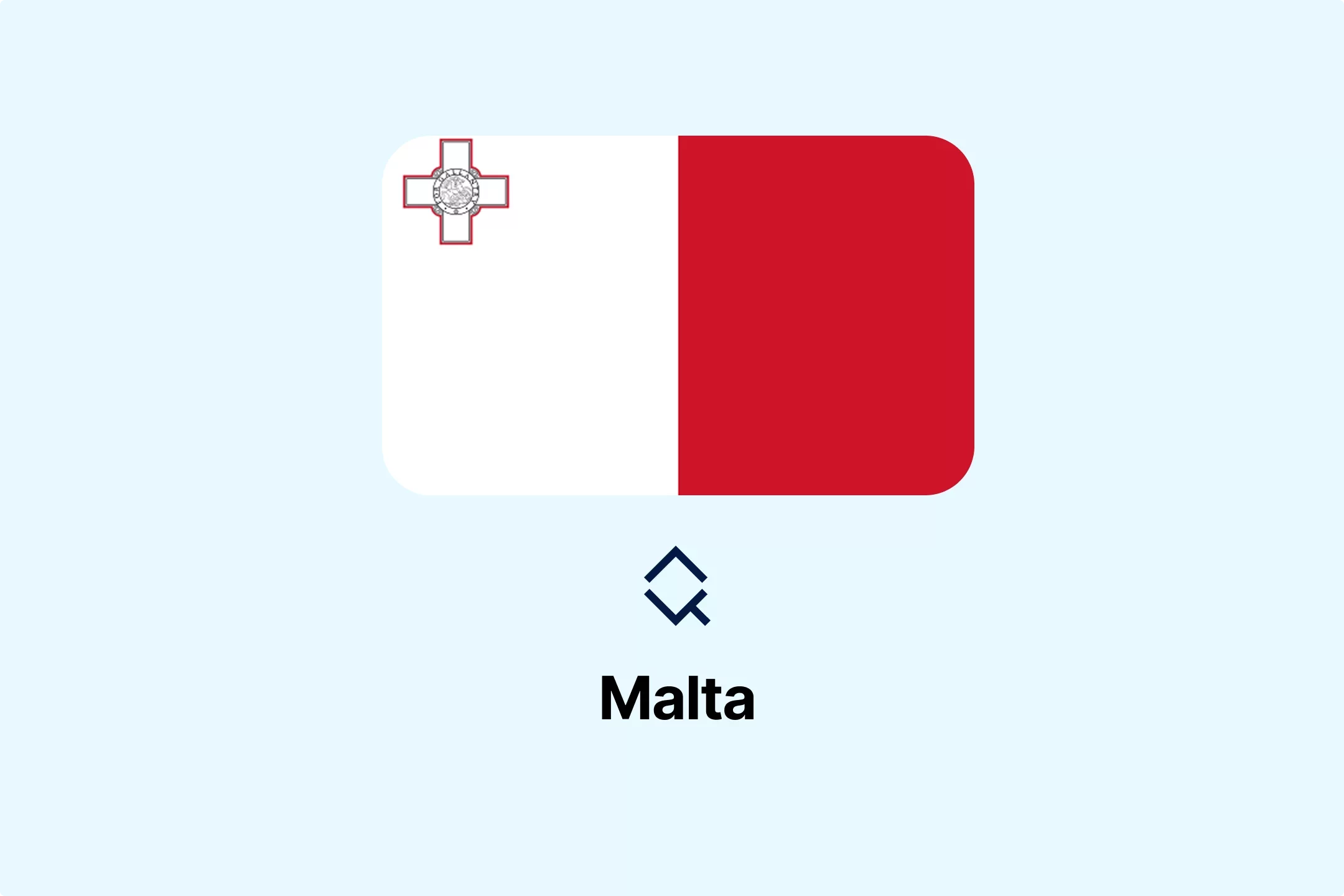
-ooimnrbete.webp)
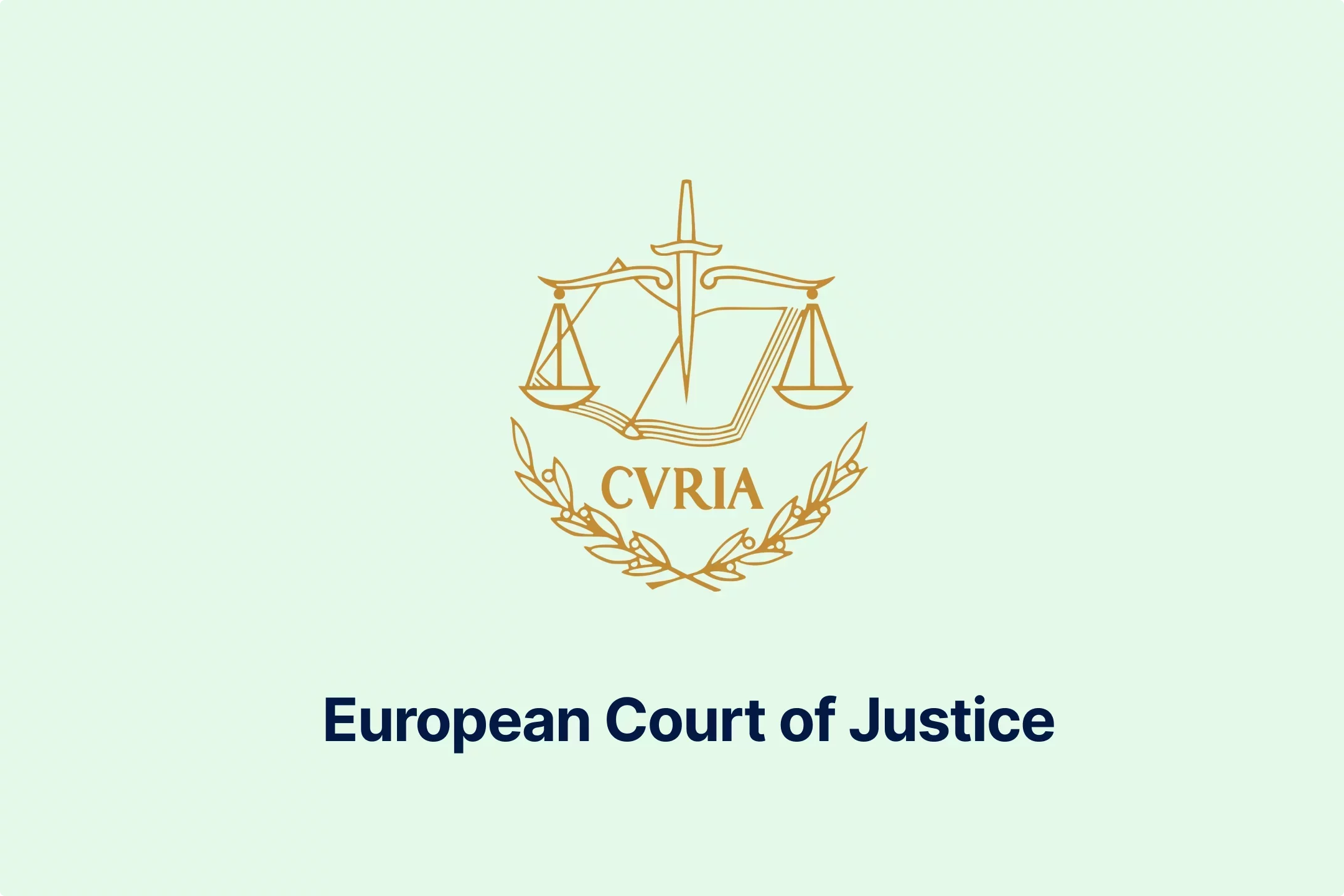
-lwb5qpsily.webp)
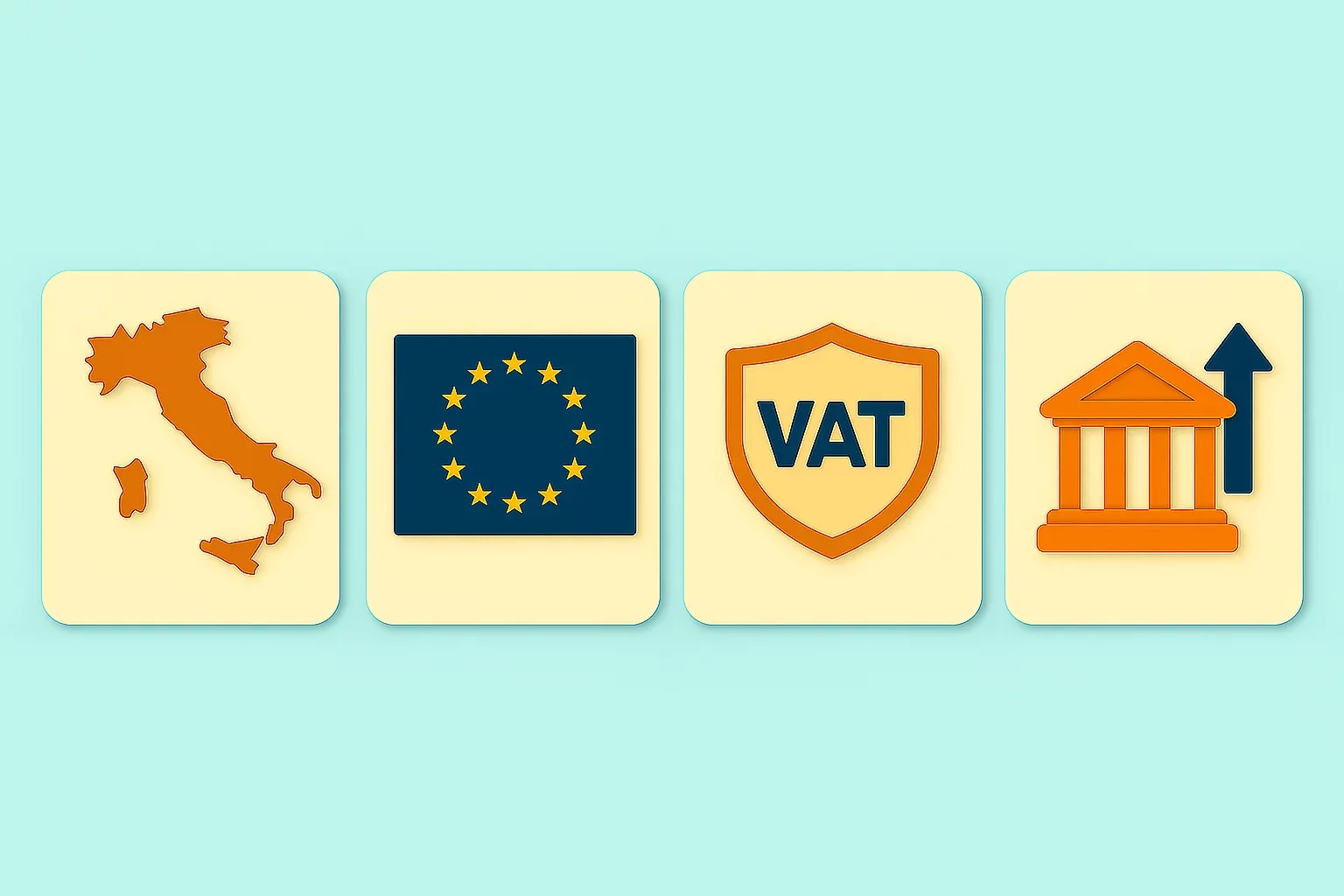
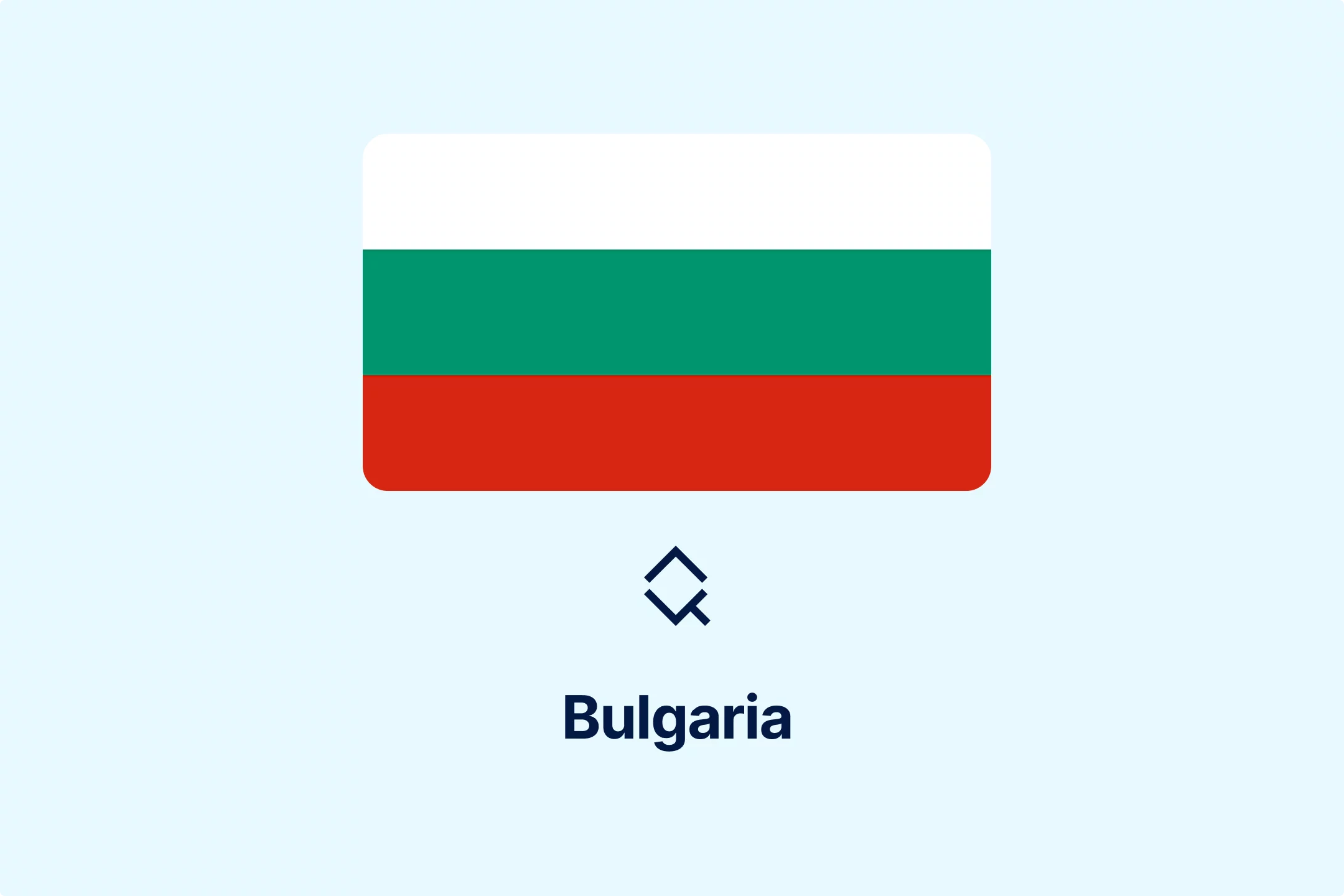
-eumafizrhm.webp)

-mtqp3va9gb.webp)
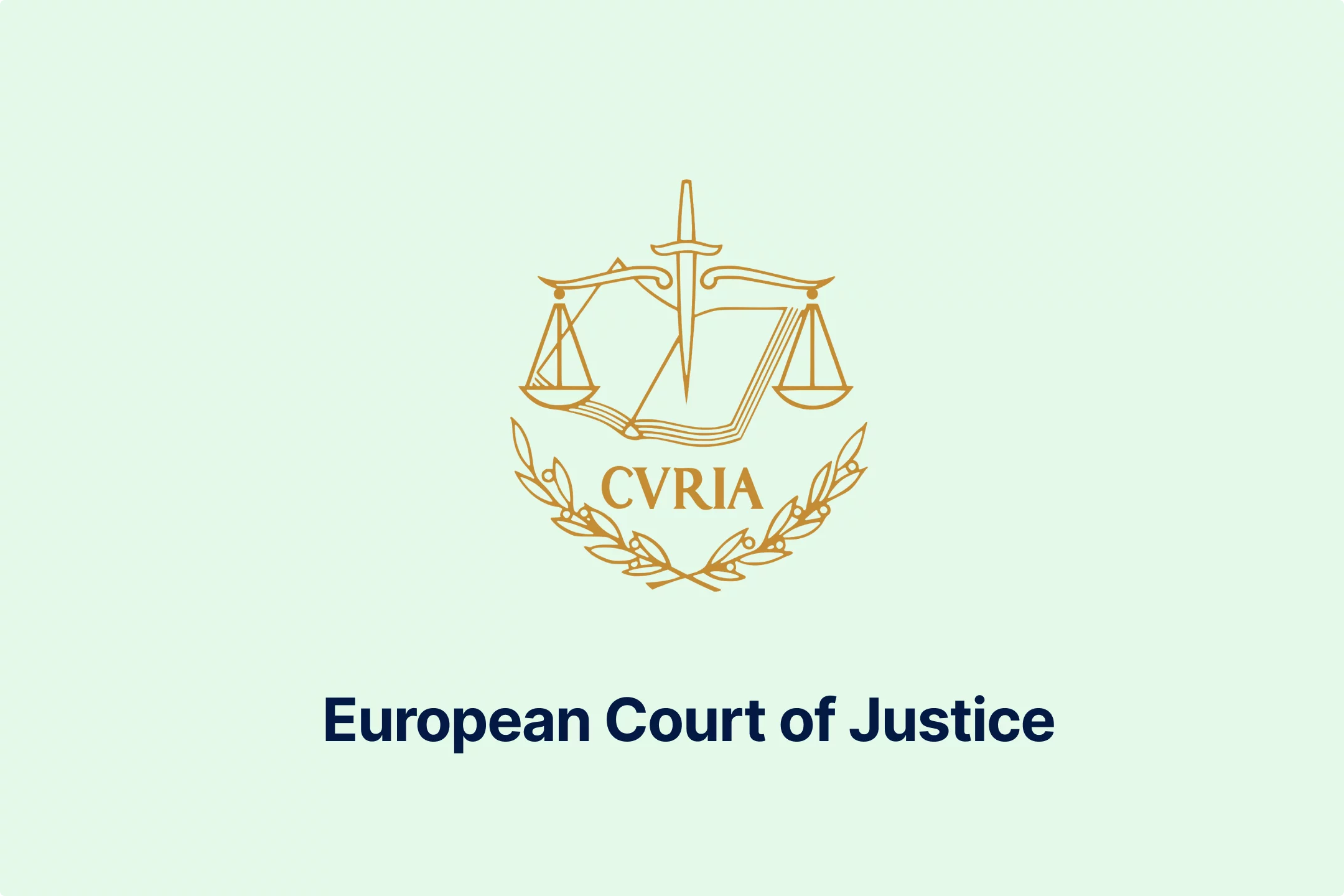
-3ewrn1yvfa.webp)
-591j35flz2.webp)
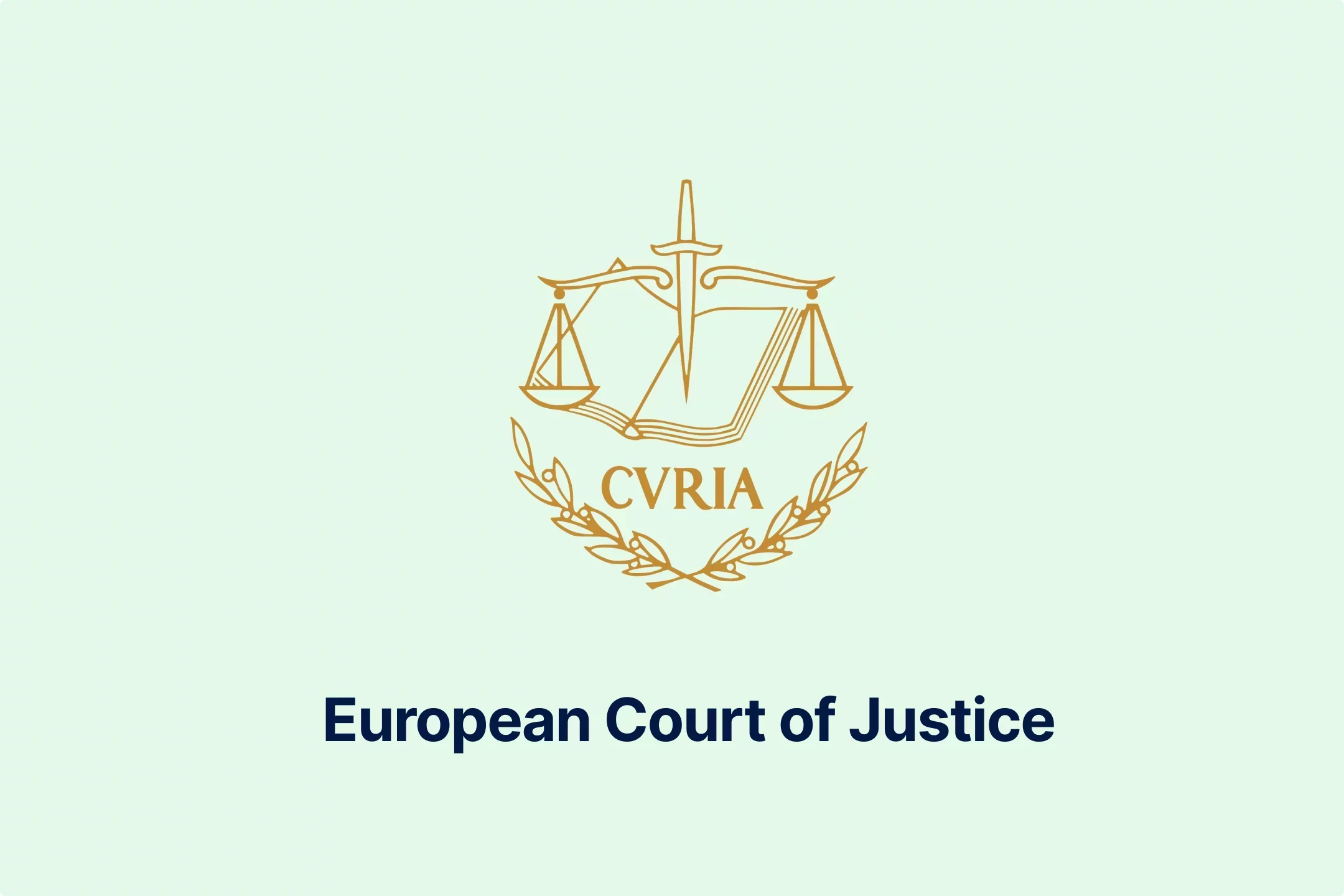
-huj3cam1de.webp)

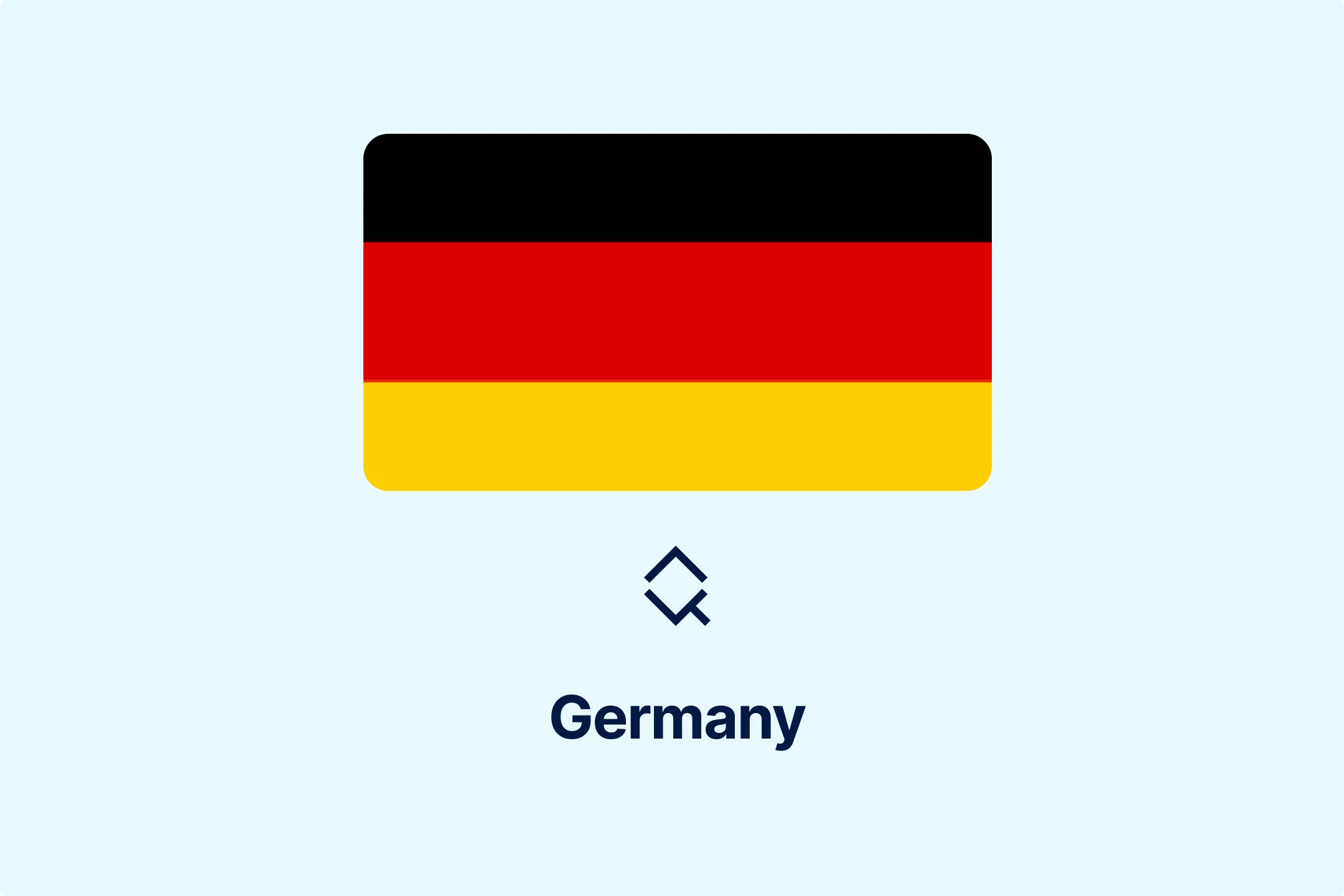
-hafis0ii23.webp)
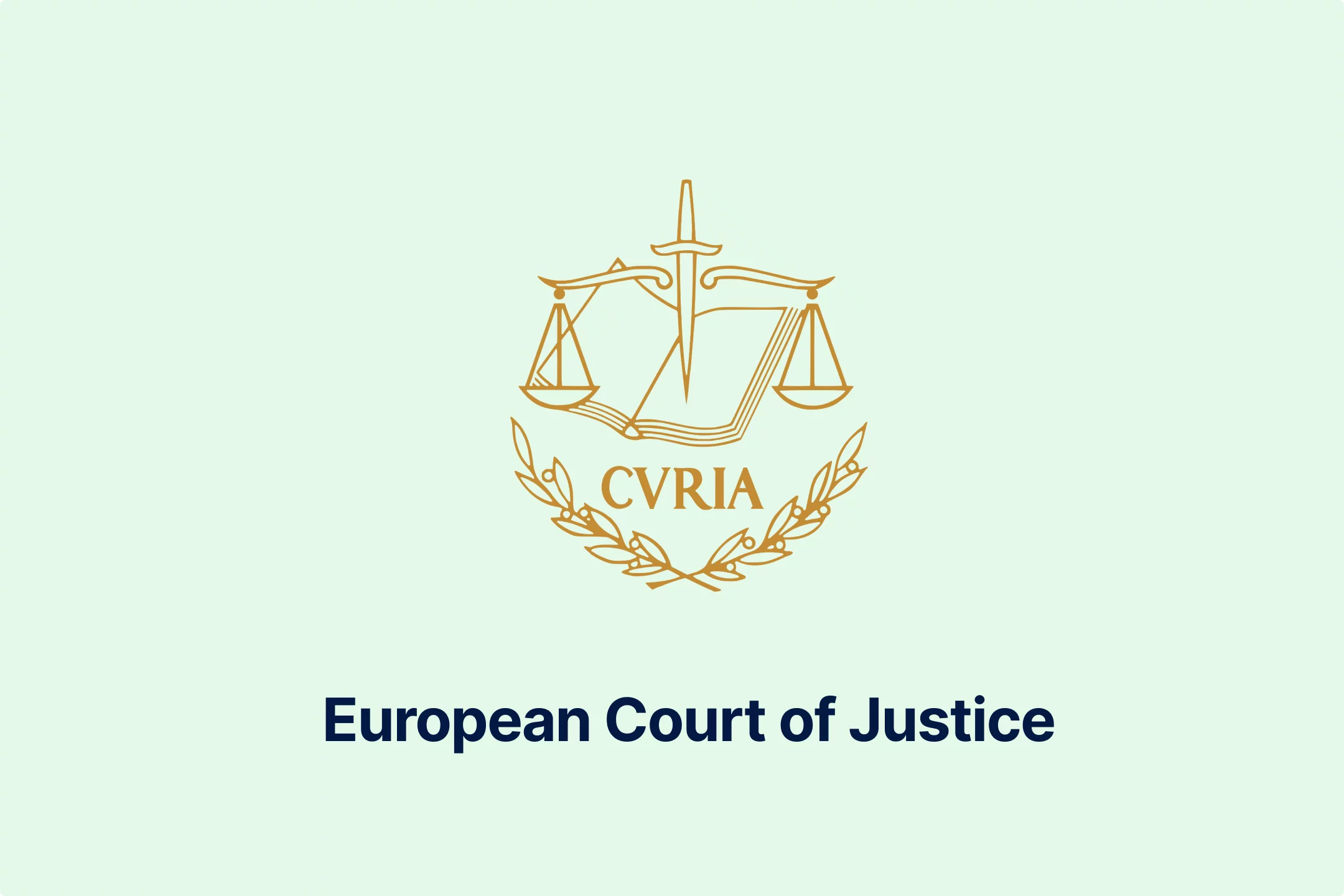
-qseaw5zmcy.webp)



-qzsah2ifqx.webp)
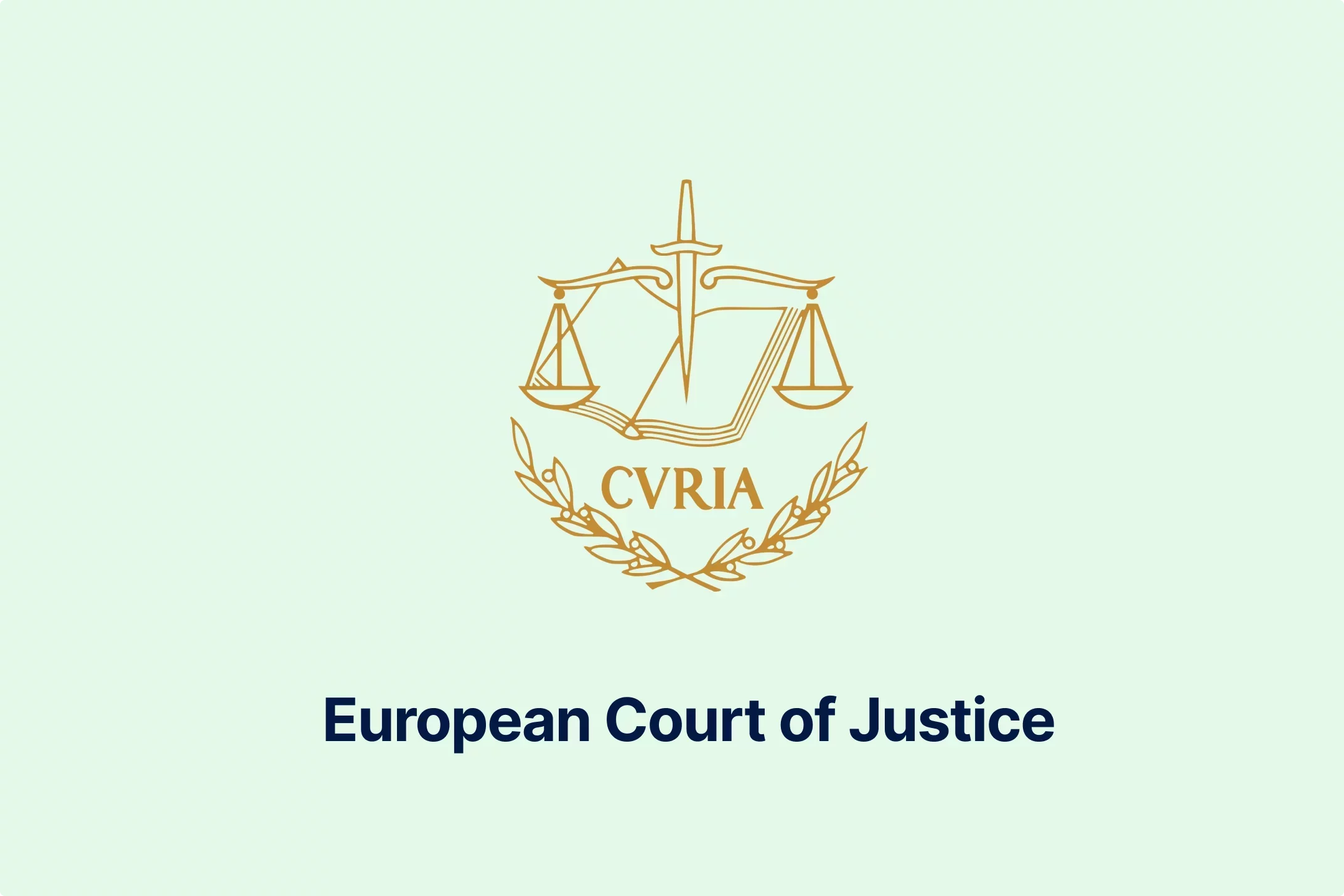
-69rzooghib.webp)
-wrvng98m0g.webp)
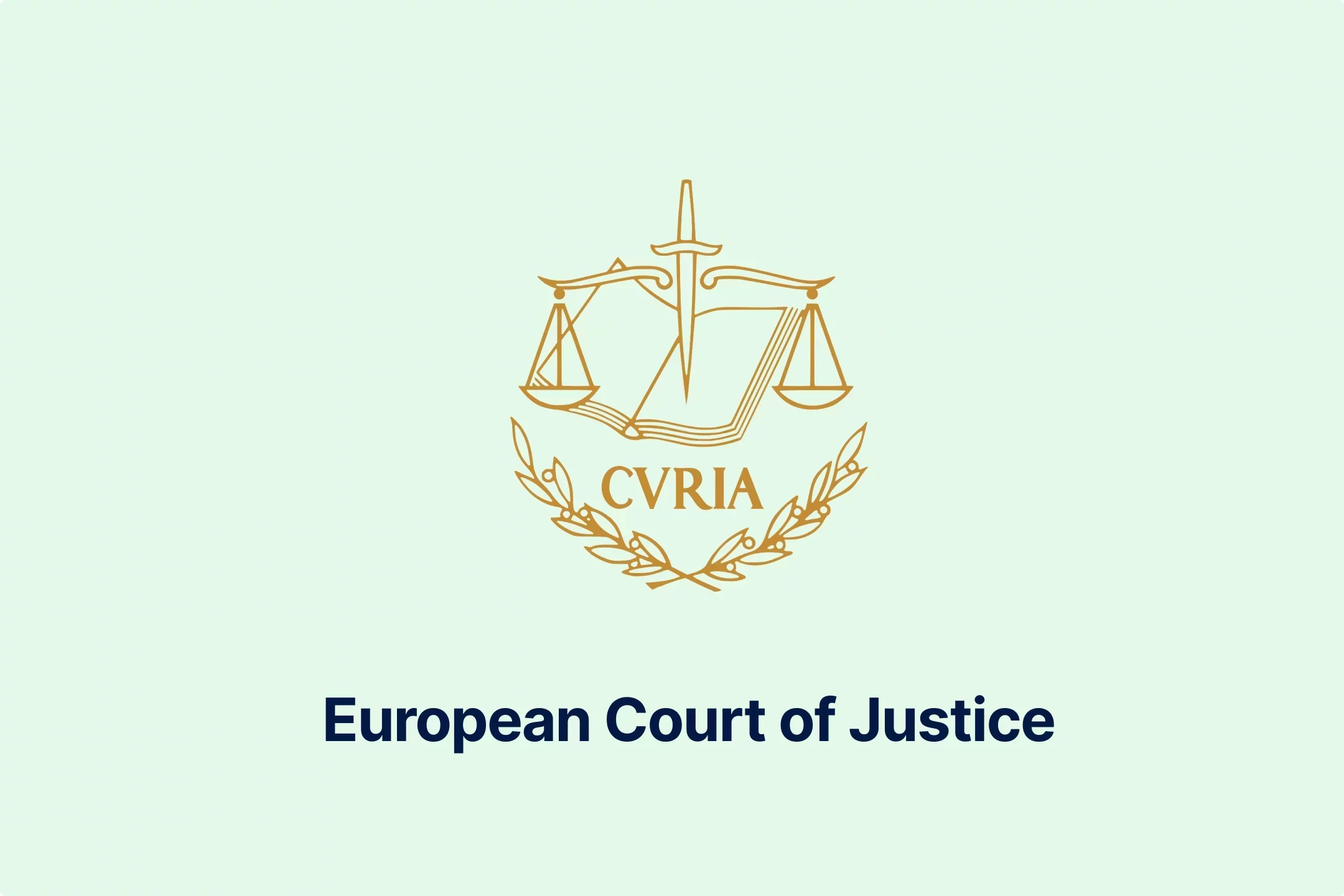
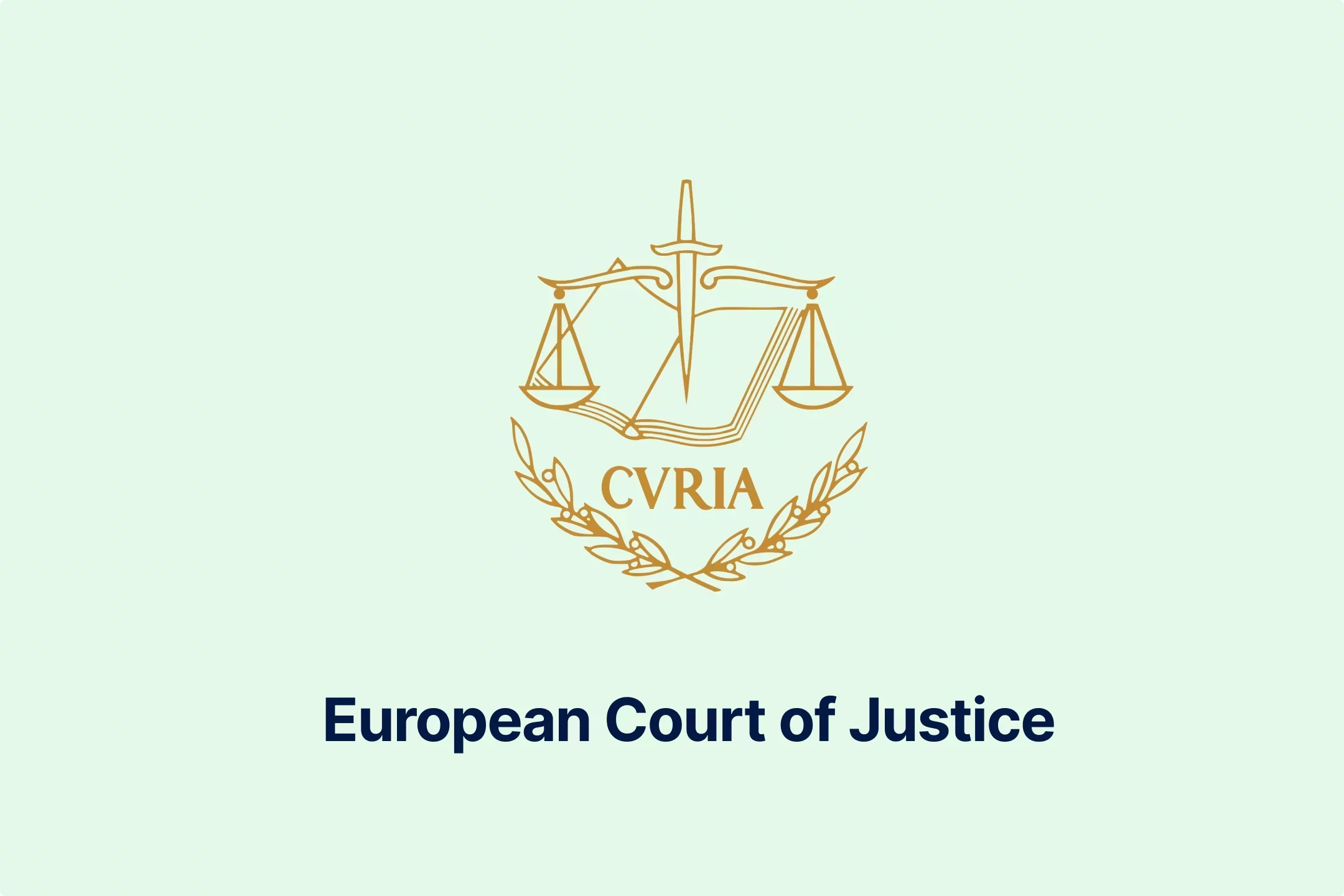
-psucycuxh2.webp)
-klyo8bn5lc.webp)
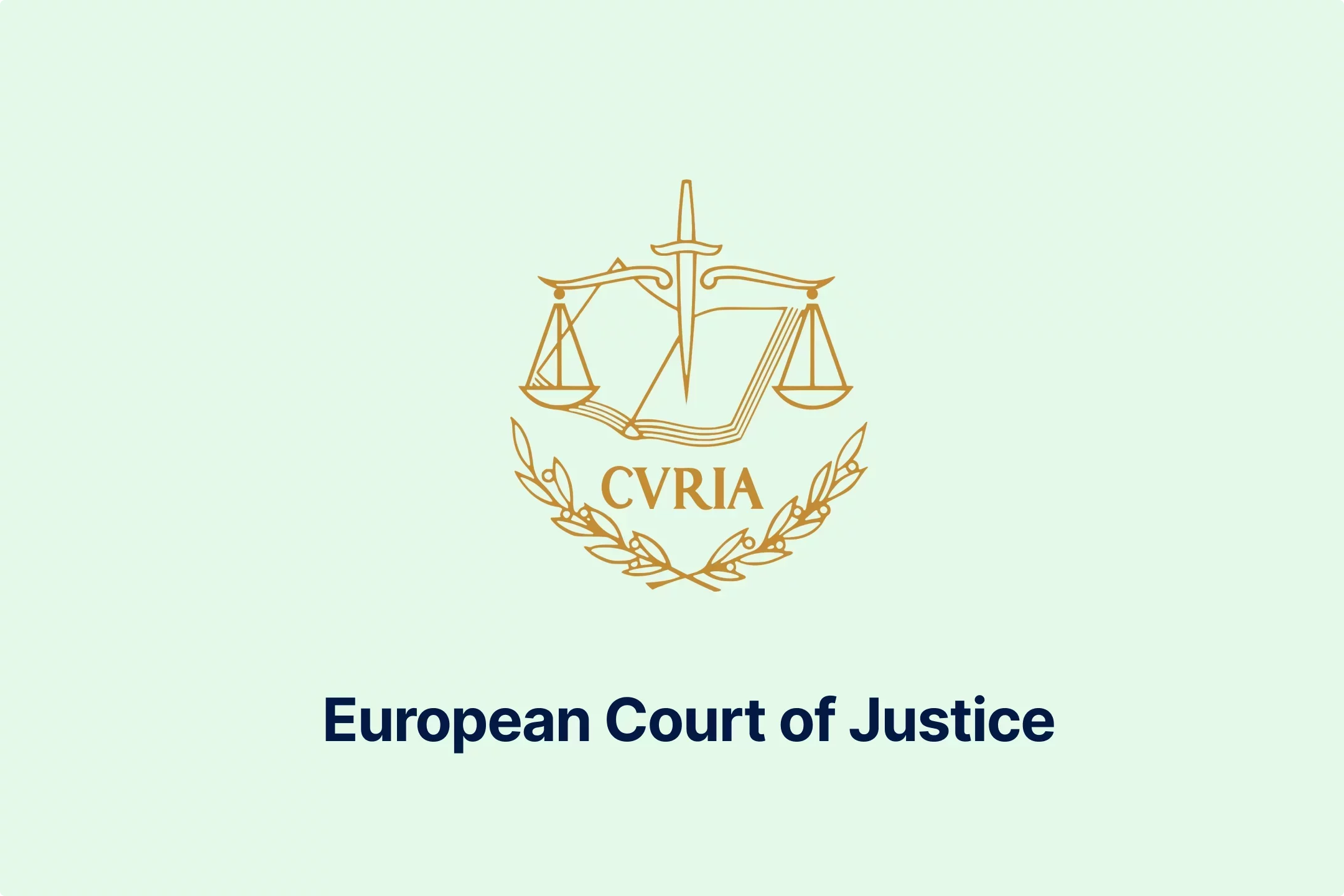



-6wv5h5eyyd.webp)
-tfgg78rbid.webp)
-a6jpv9ny8v.webp)
-qhdbapy0qr.webp)

-owvu7zoc13.webp)
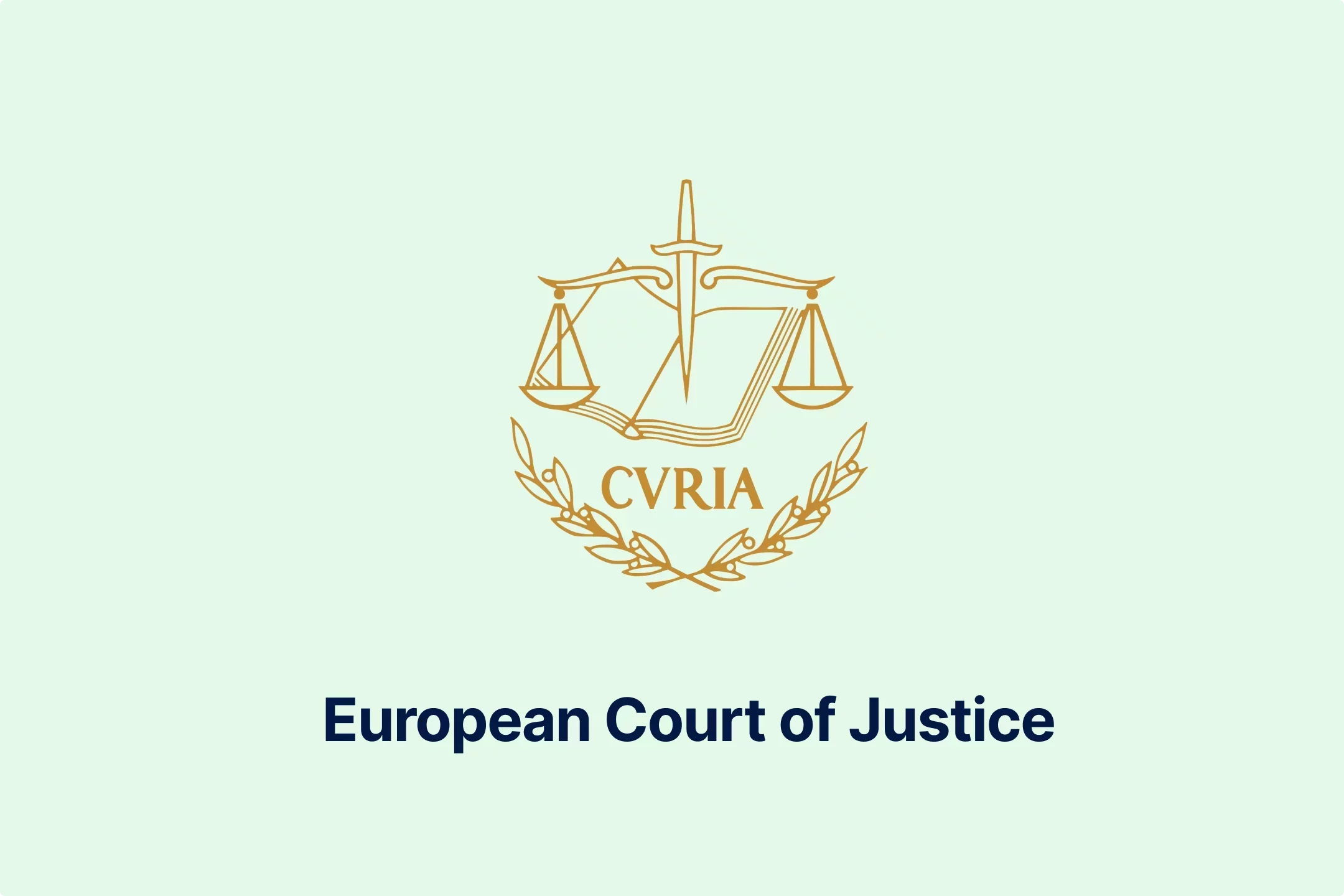

-h28jrh1ukm.webp)
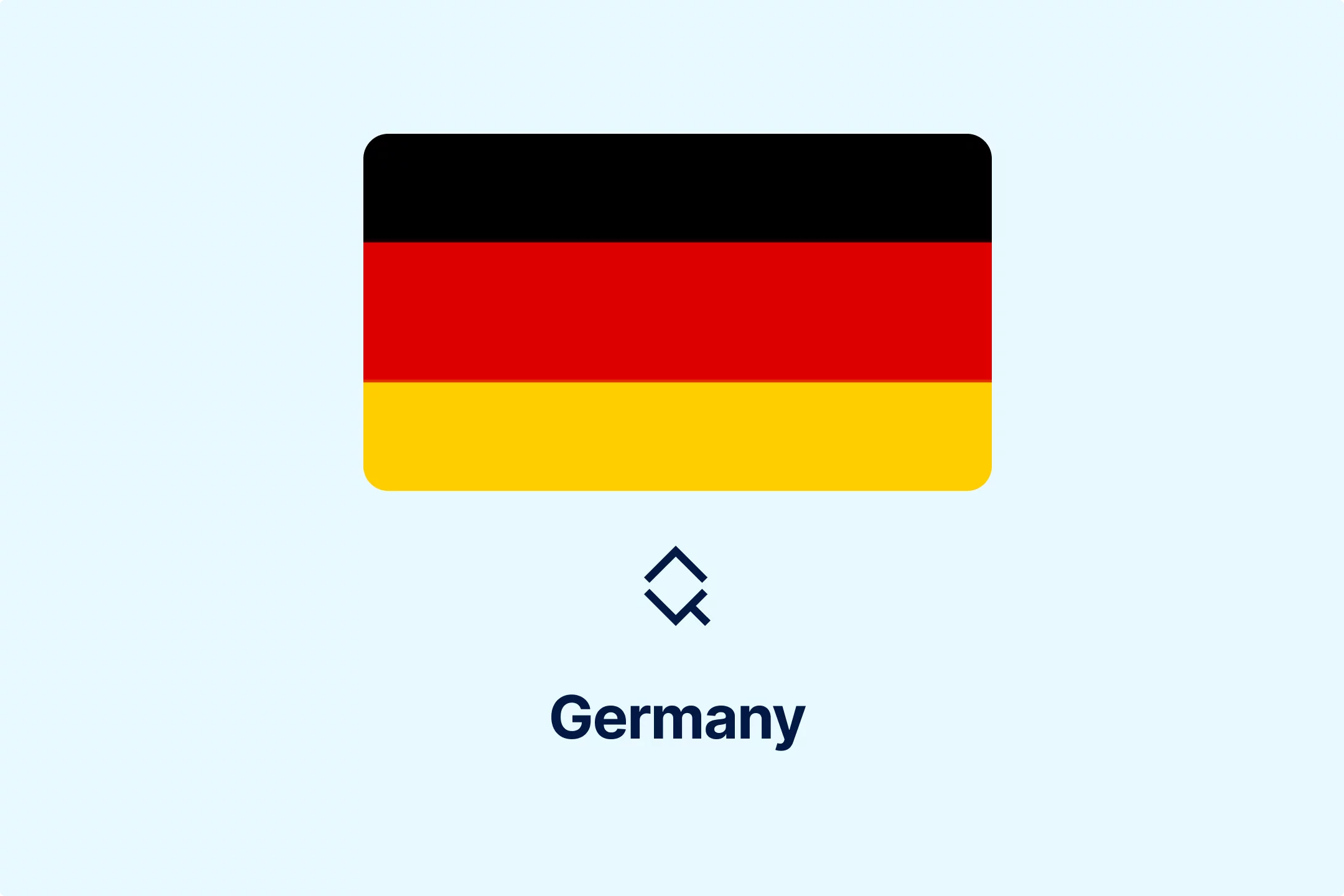
-wl9bl1rw3a.webp)

-2w76jtvtuk.webp)

-c0uvrmrq9j.webp)
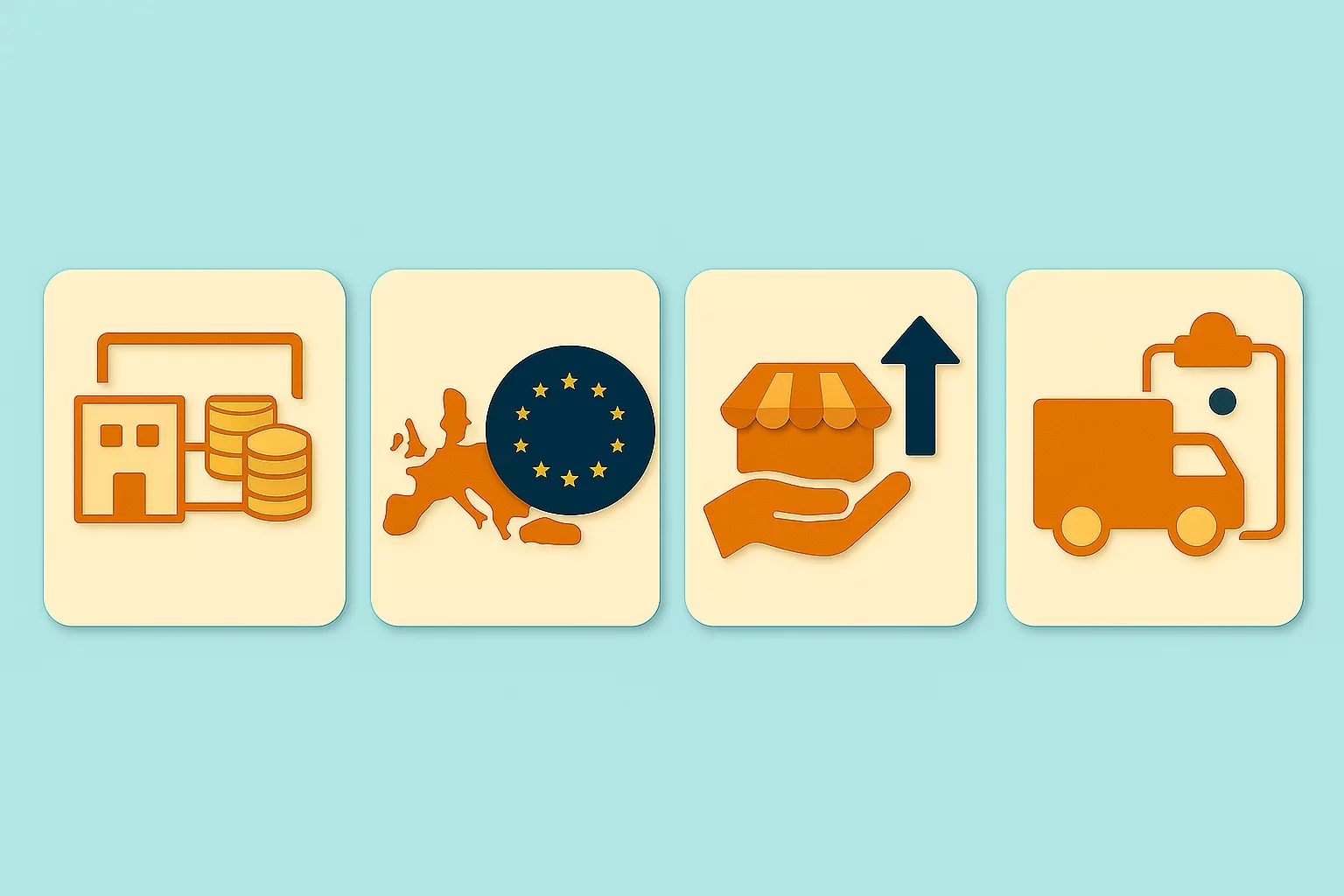
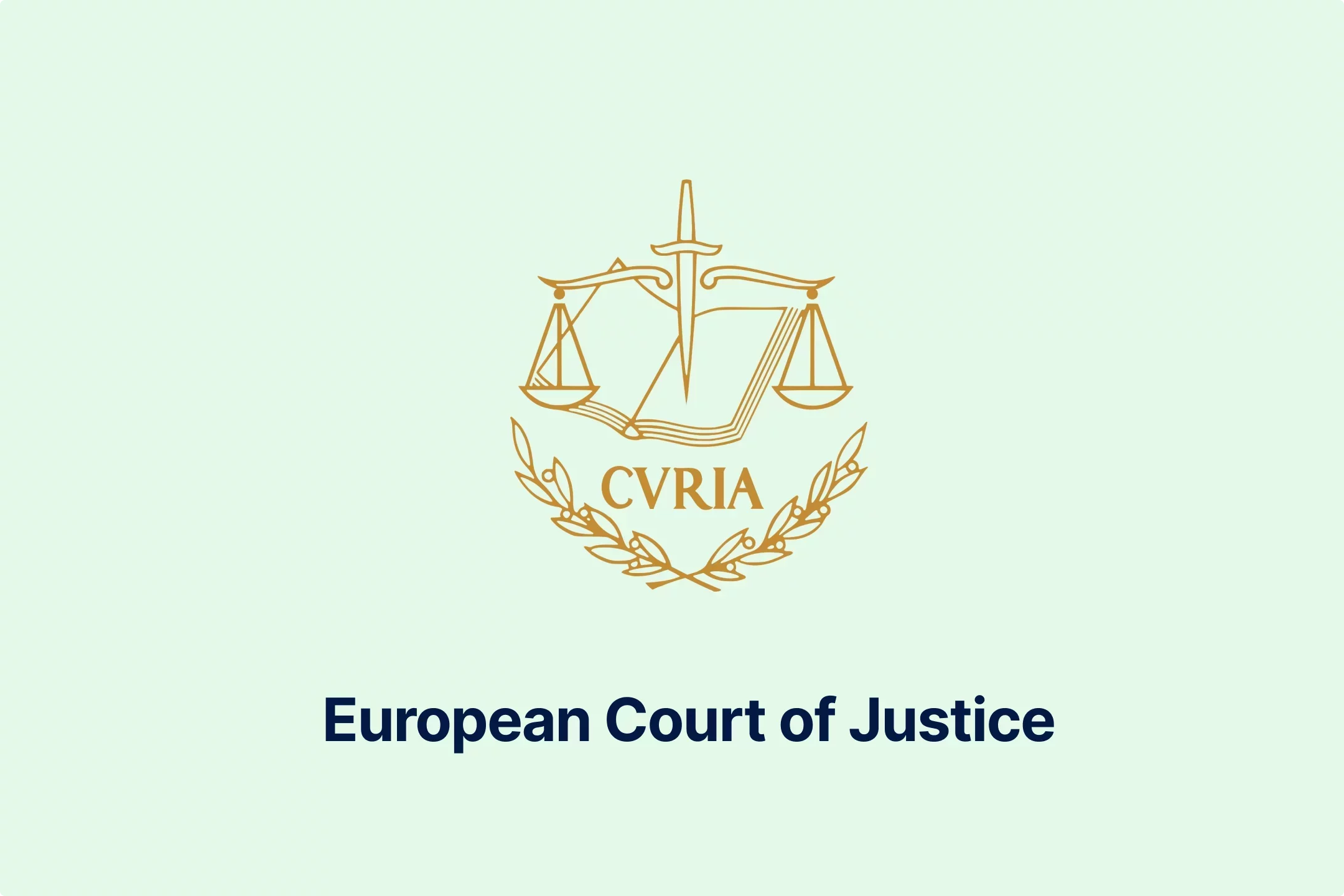
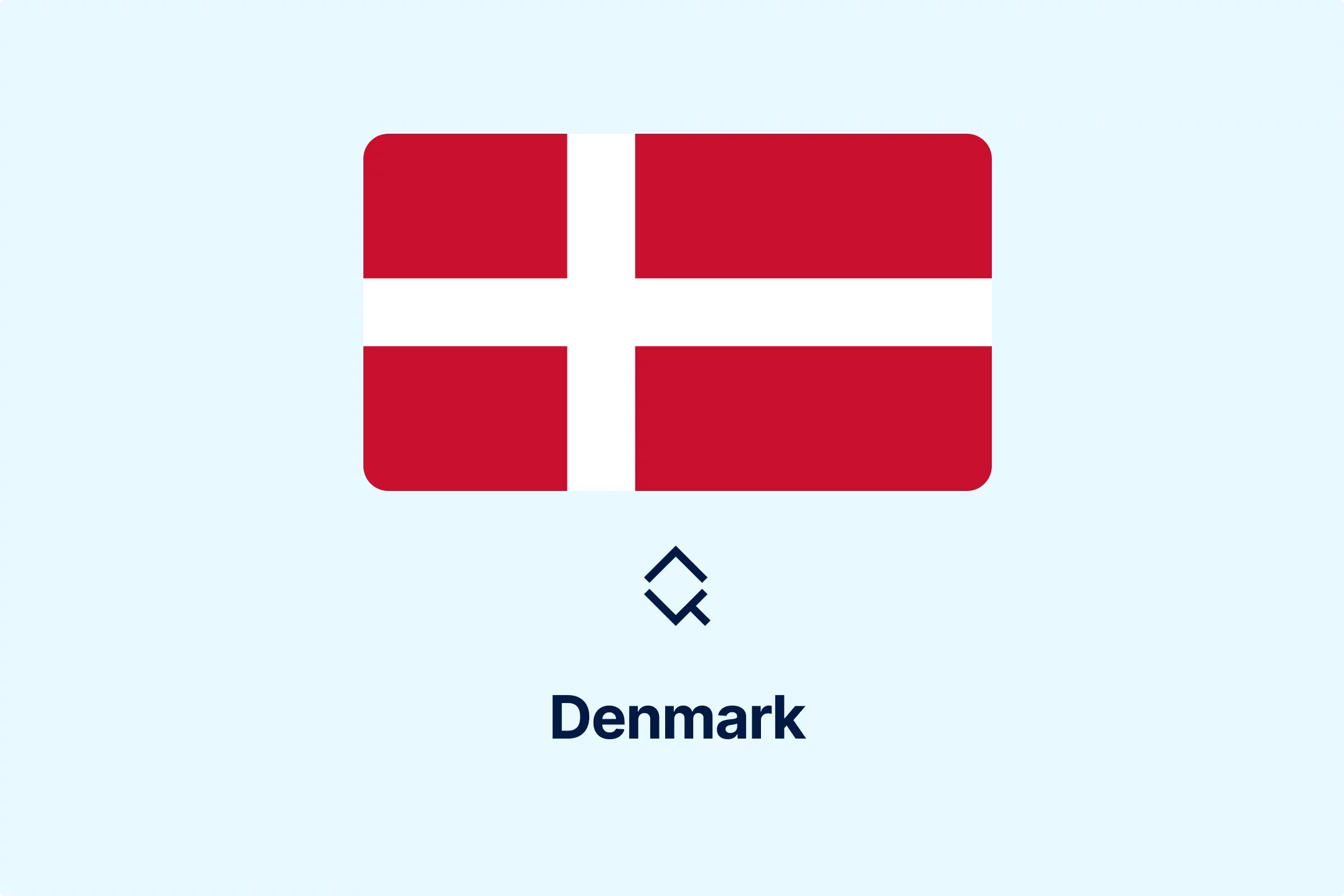
-pofe7ucwz3.webp)


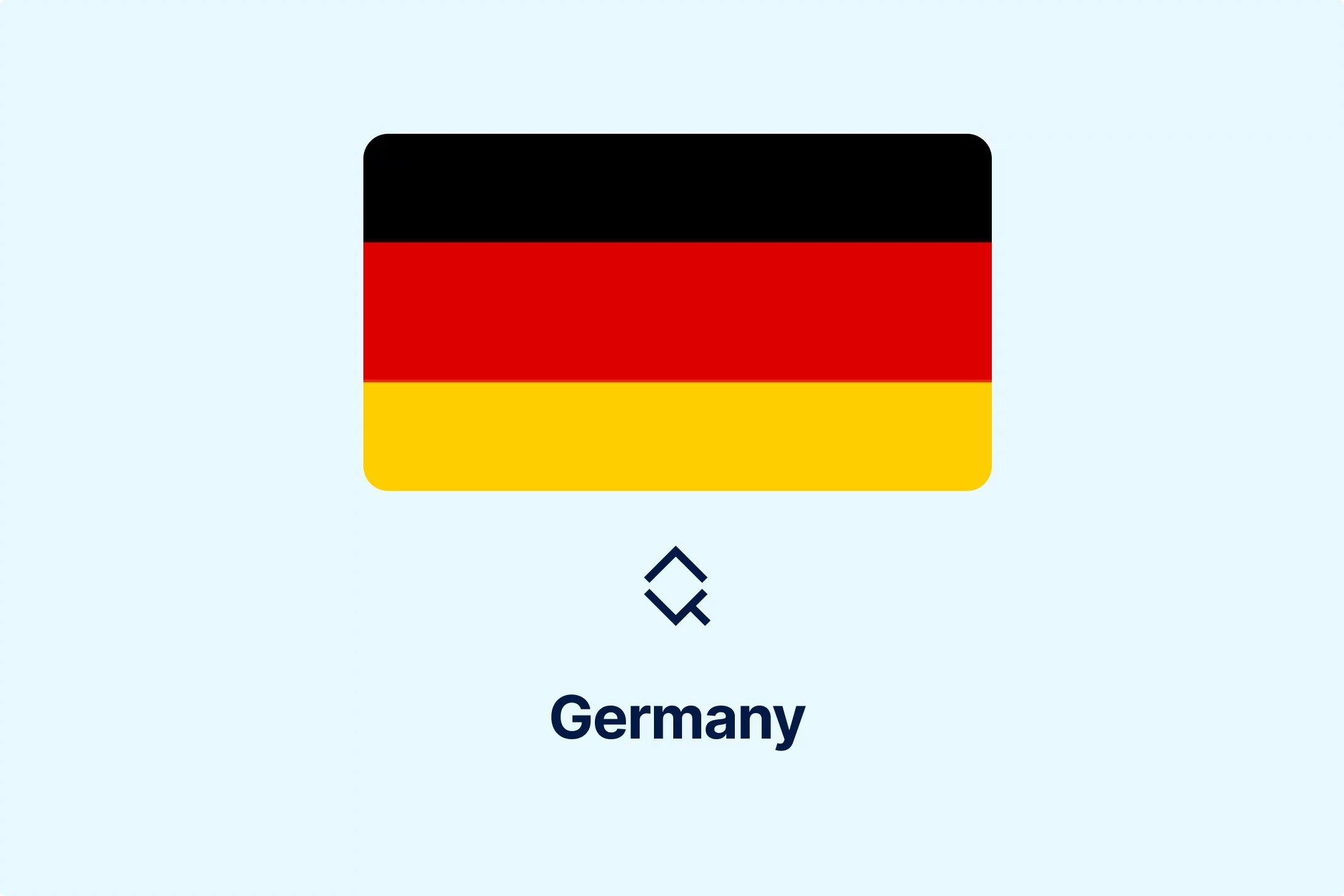
-5cc23ezxyf.webp)
-rrmabbekeb.webp)
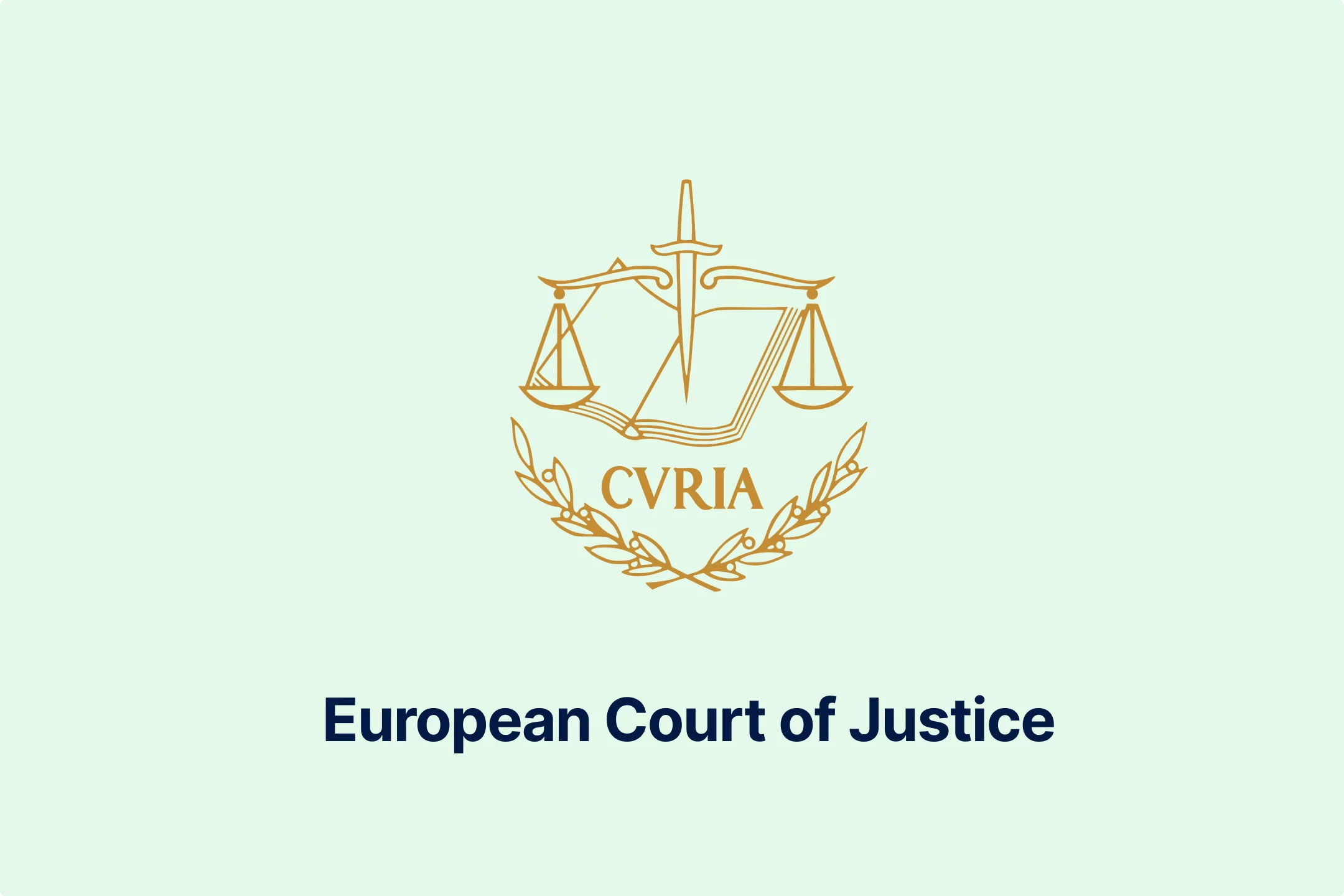
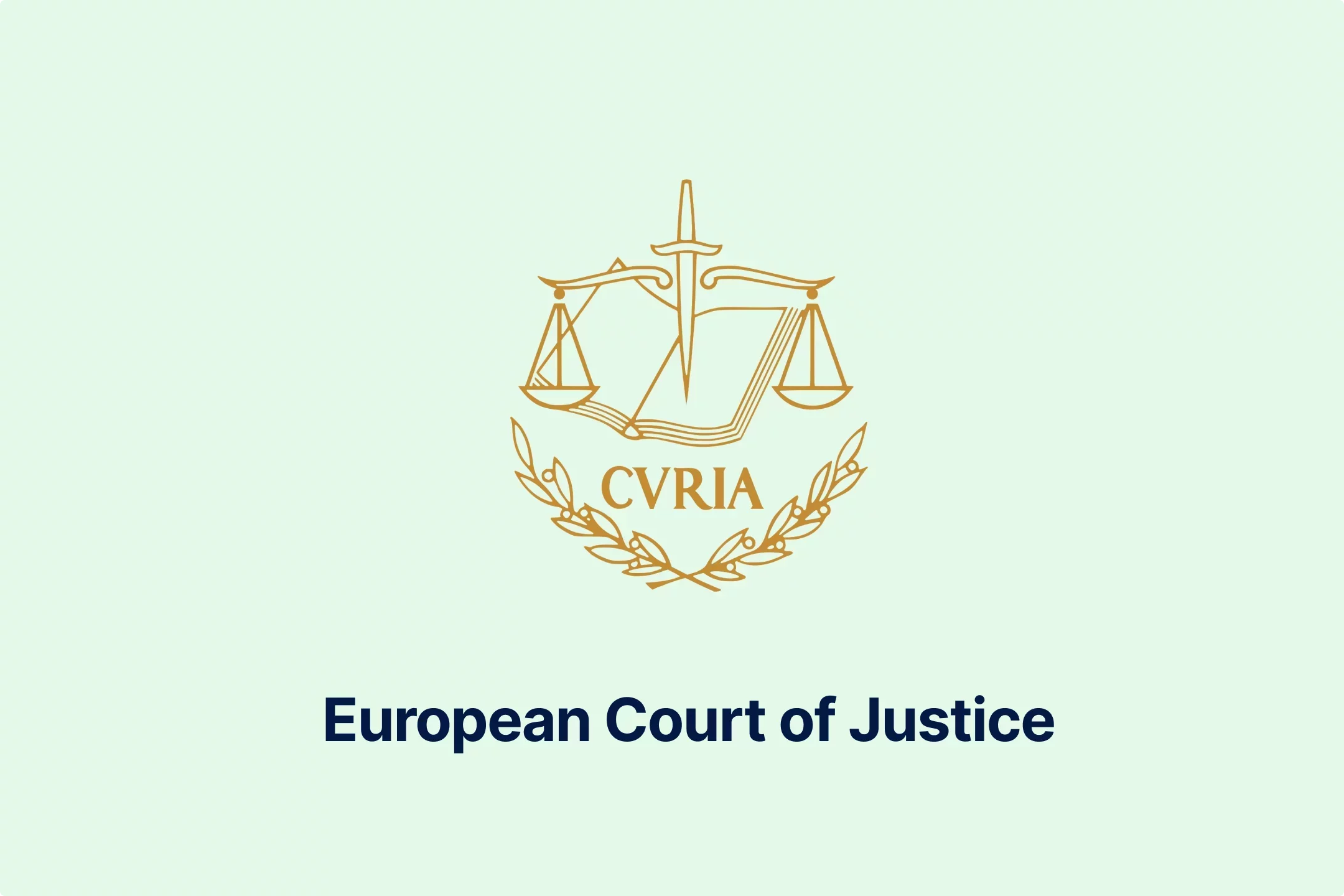
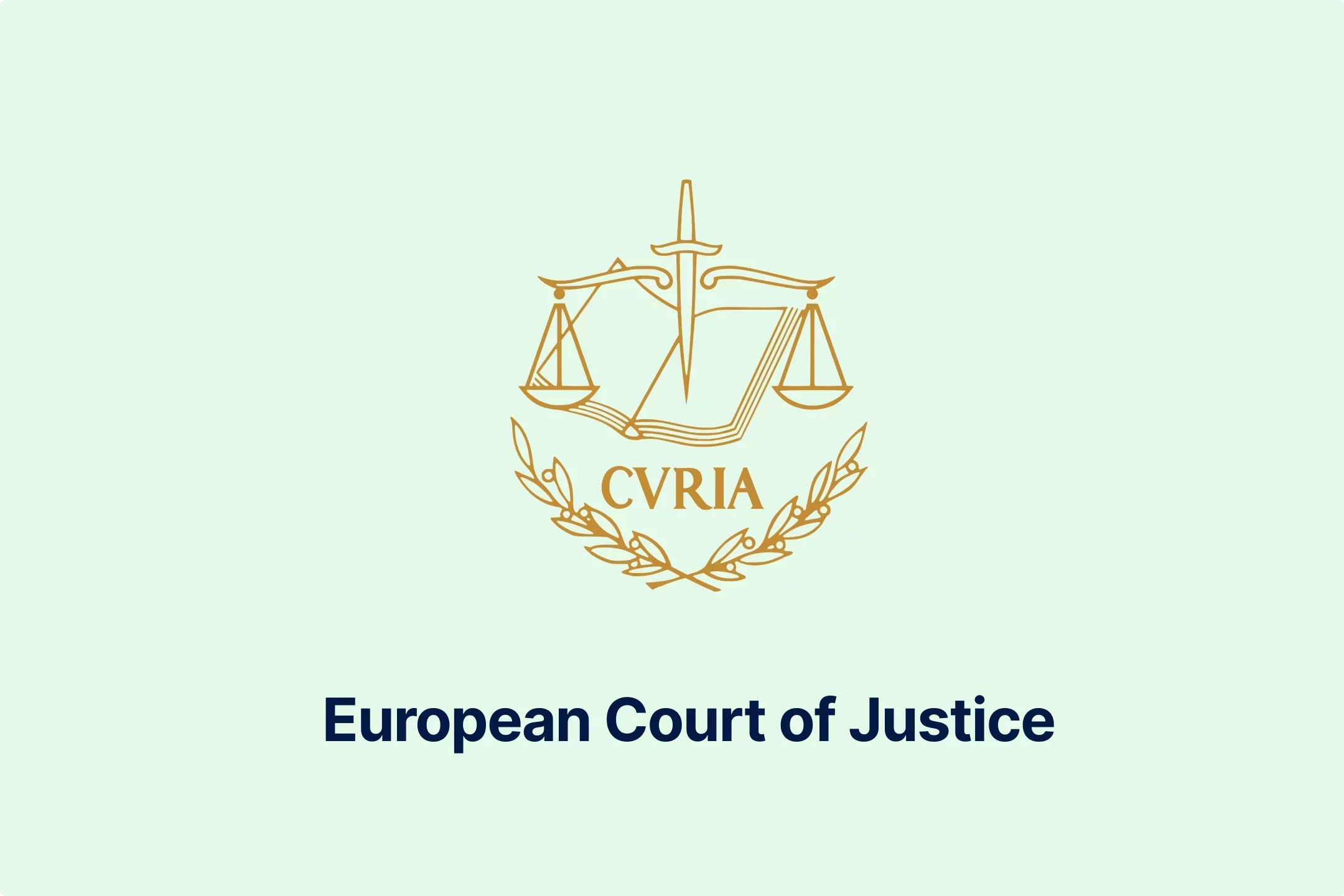
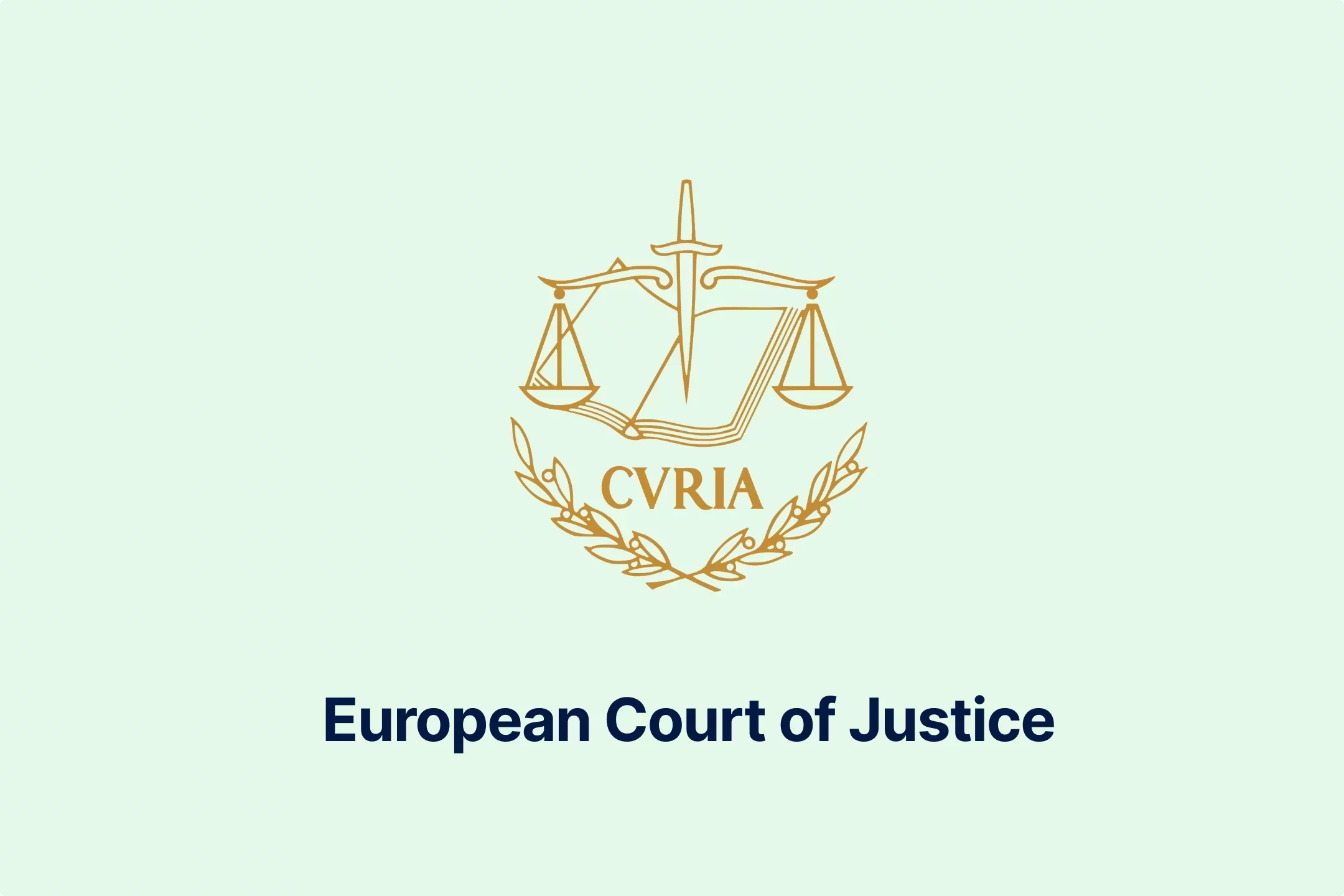
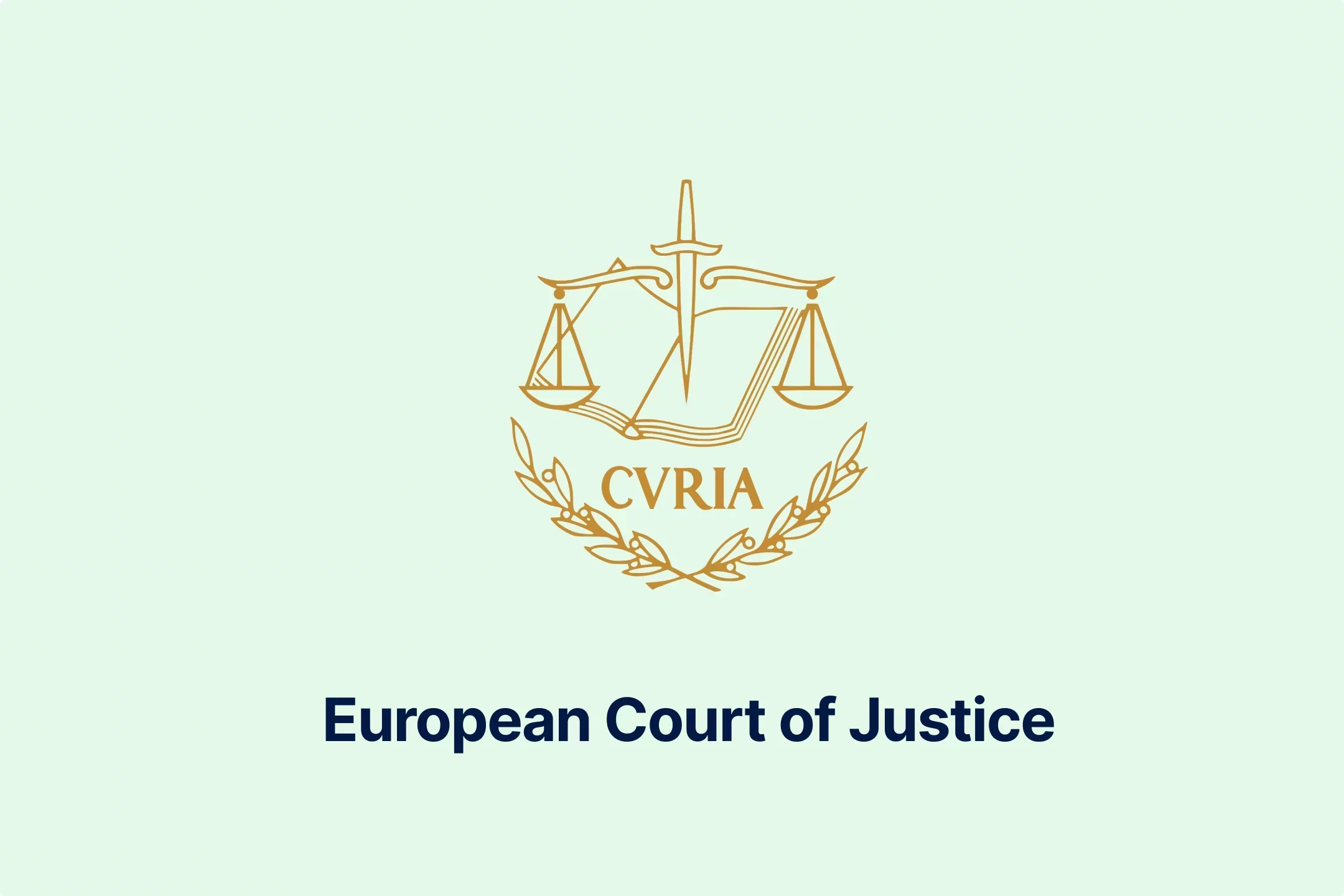


-iyyeiabtaf.webp)
-c8rbjkcs01.webp)
-nilkffjhah.webp)
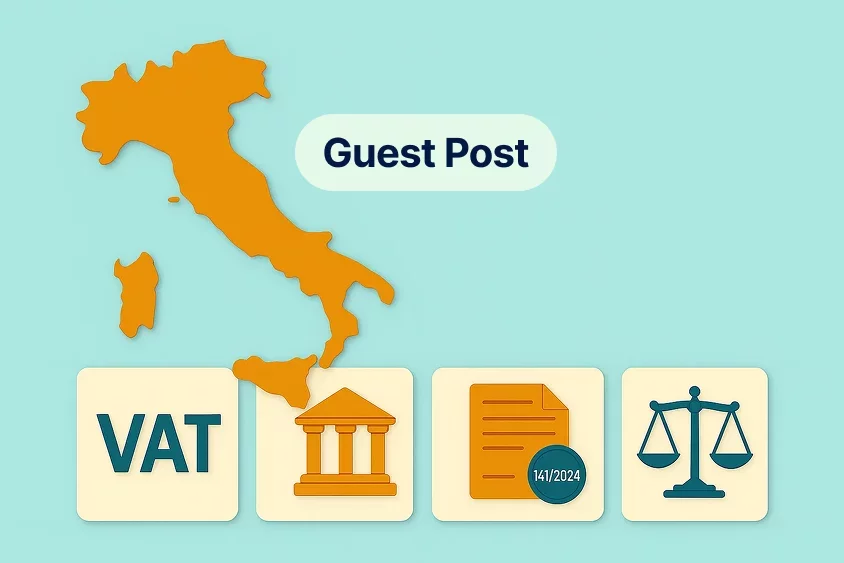
-hikakq55ae.webp)
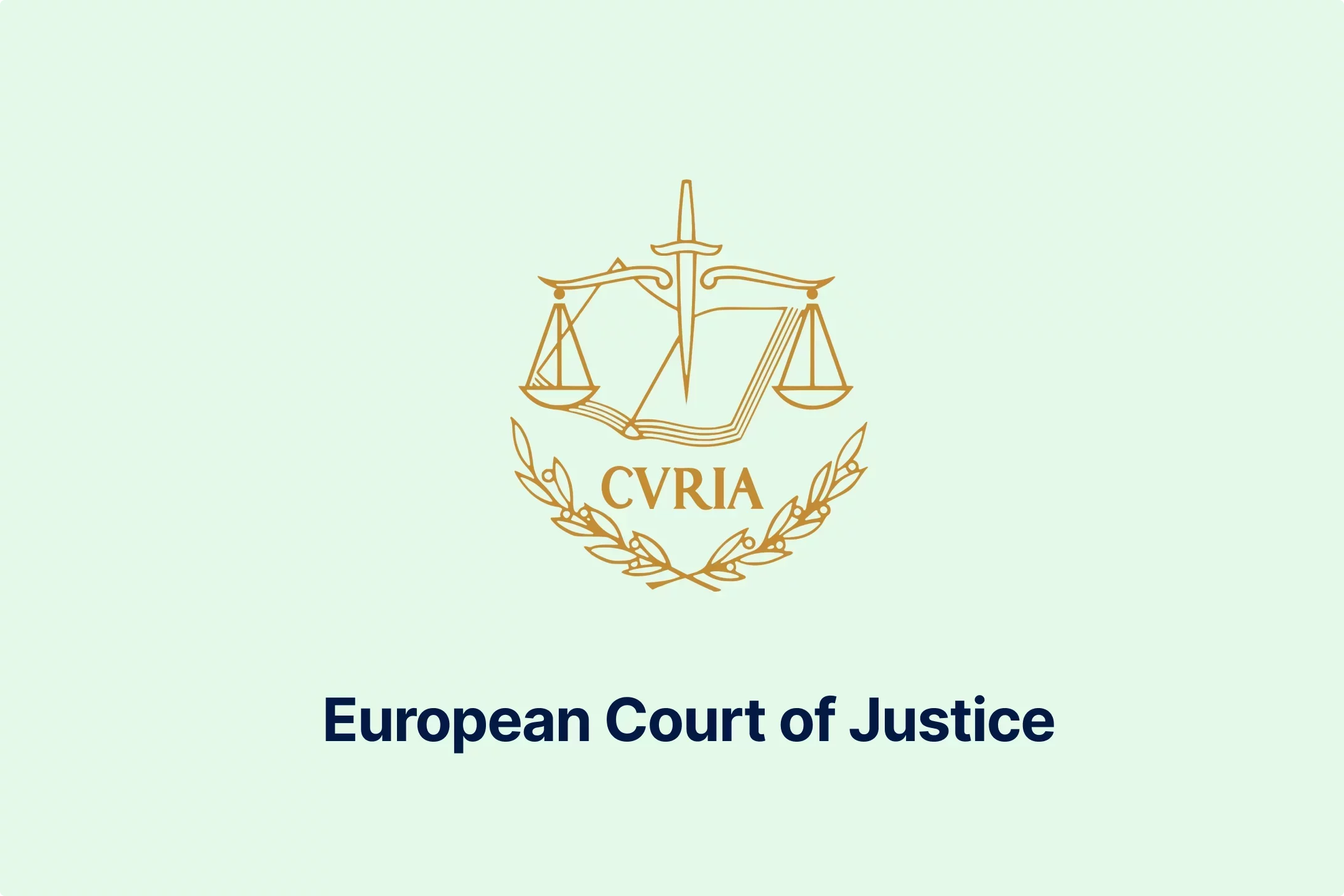
-z1d60bldtg.webp)
-d1a0q6n7mp.webp)
-viip8nvoeh.webp)
-bvv1otliox.webp)
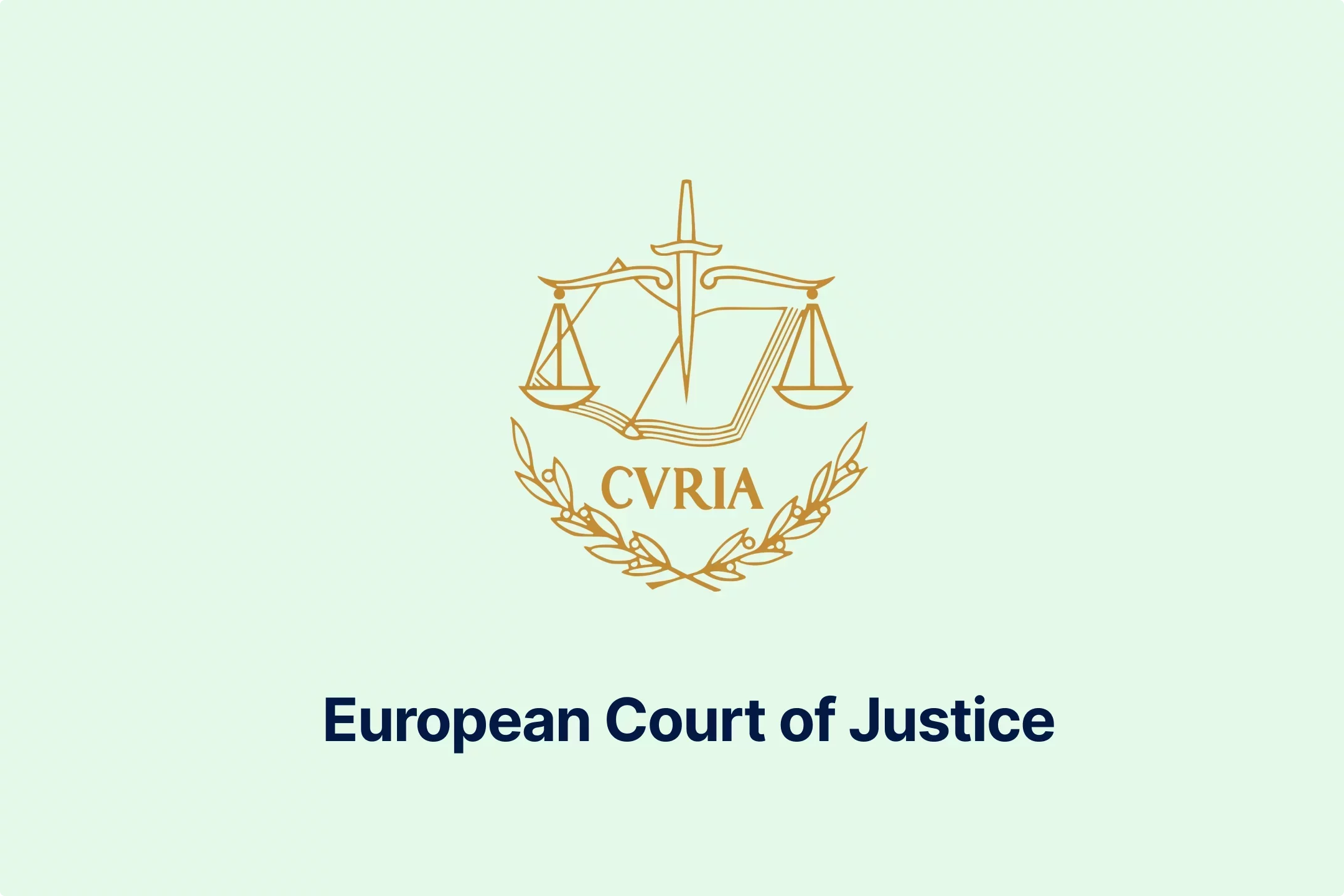
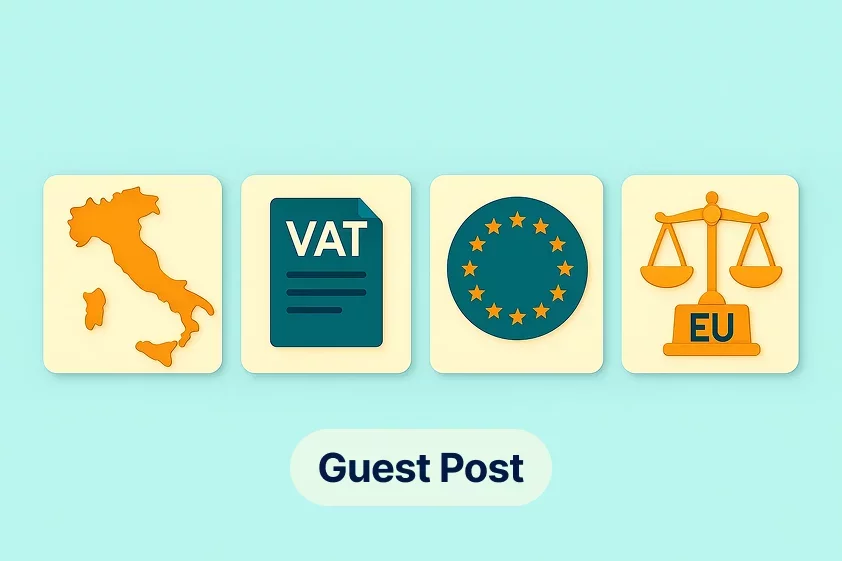
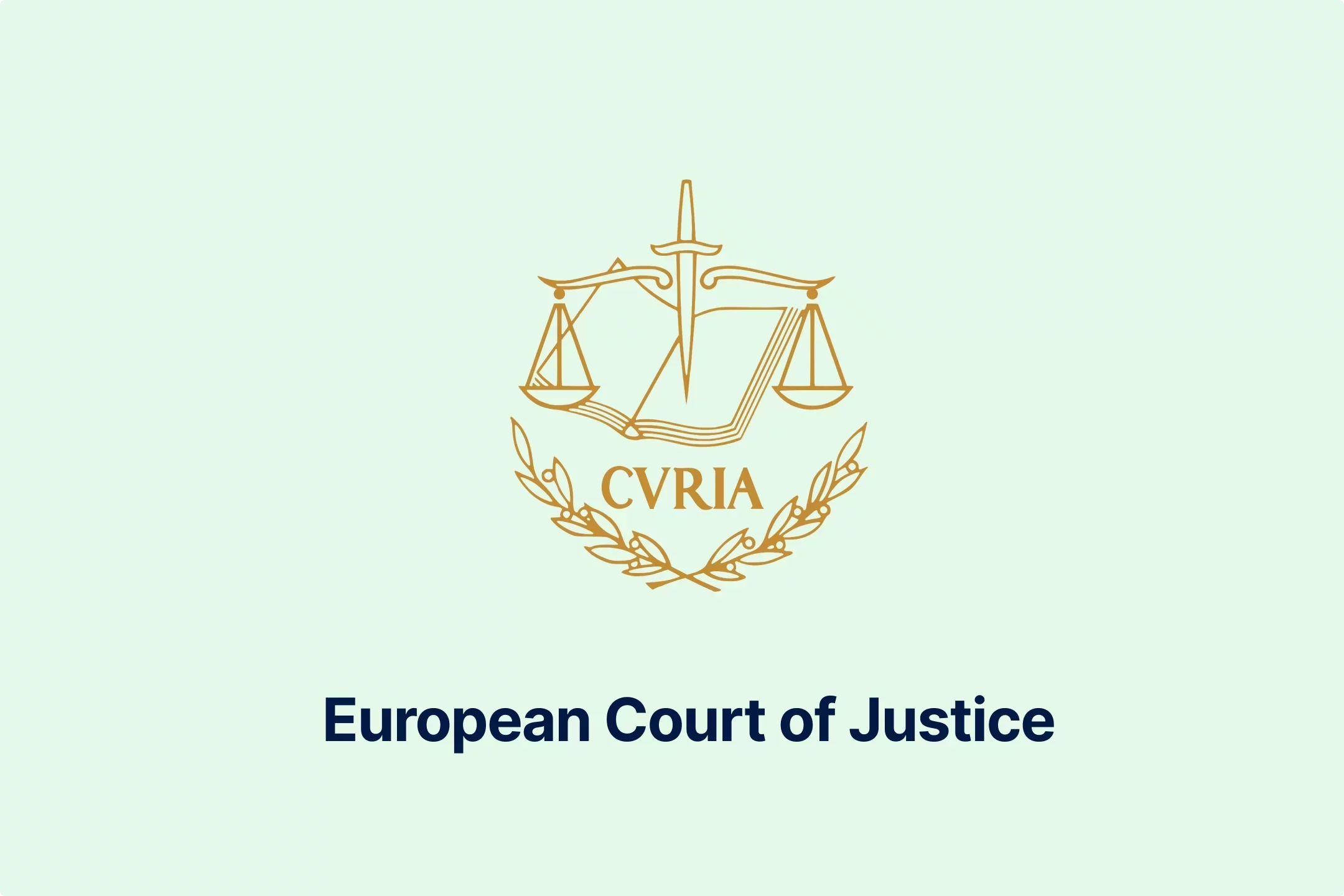
-de8hdb1bn3.webp)

-cm0opezg73.webp)
-0tovsdupmi.webp)
-subxdamdj6.webp)
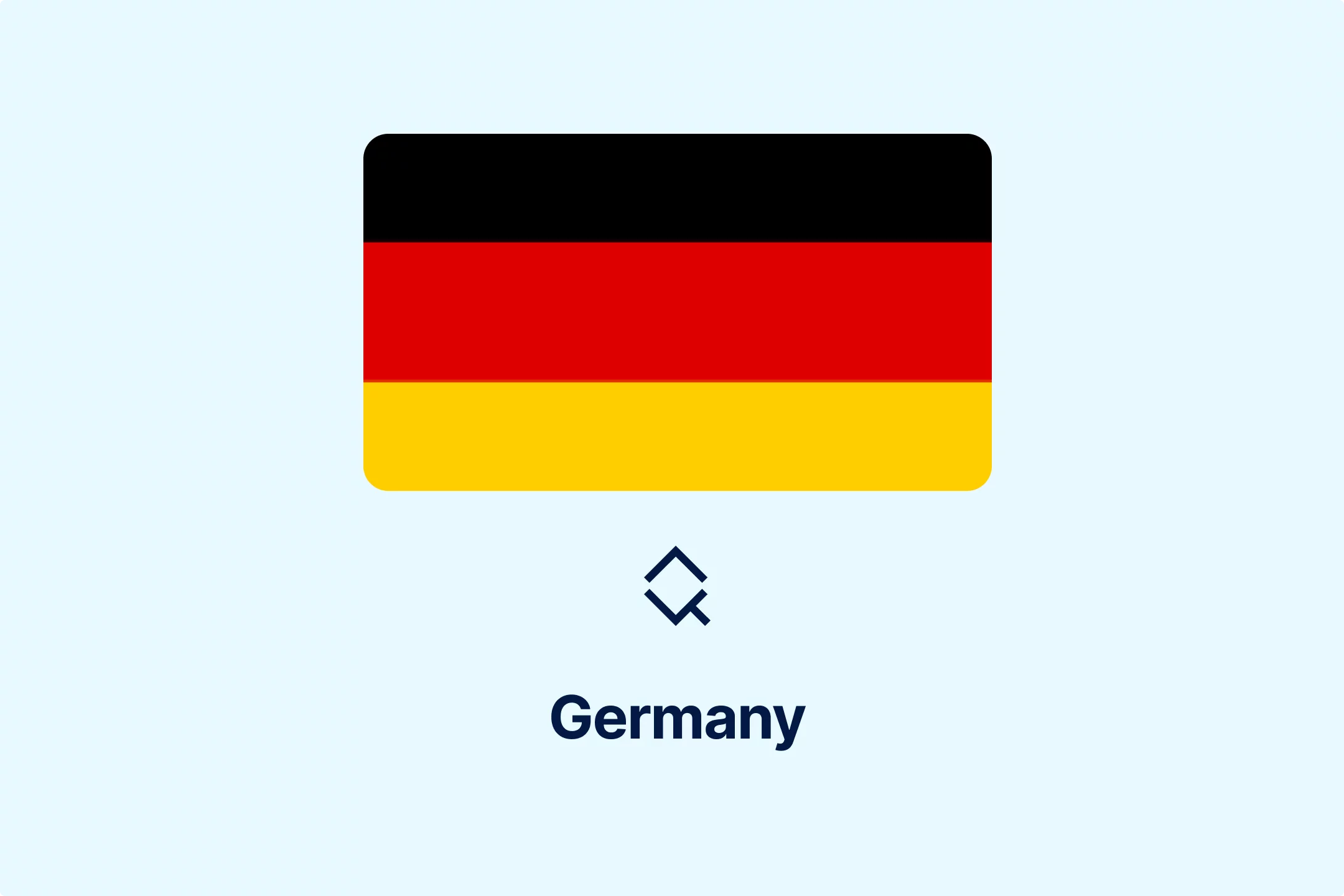
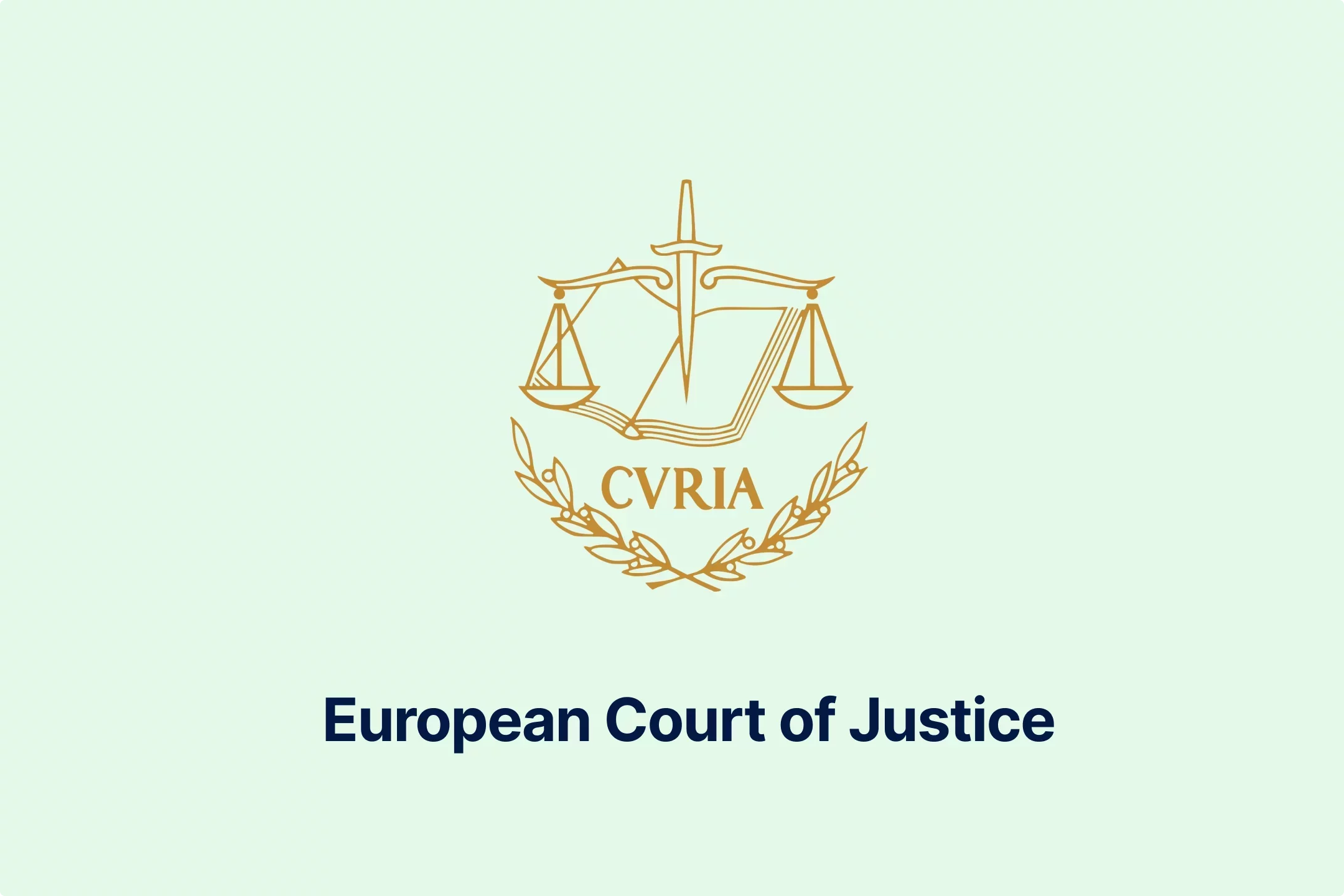
-gly6ablwnh.webp)
-gkduqhwbzh.webp)
-qpe1ld9vcj.webp)
-8noukwsmba.webp)
-aka29tuhkt.webp)


-fisvs27yrp.webp)


-mp0jakanyb.webp)

-aivzsuryuq.webp)



-o7f4ogsy06.webp)

-zjja92wdje.webp)
-hrbhdts8ry.webp)
-qtdkwpgkug.webp)


-cf8ccgah0p.webp)
-0em3cif5s6.webp)





-ptzesl0kij.webp)

-tfzv42pyms.webp)






-uodv7sfbih.webp)
-bbrdfmm9qf.webp)



-m2tl8crfqr.webp)




-1awbqjgpjs.webp)
-avbjsn1k1g.webp)


-0h8ohkx6s0.webp)


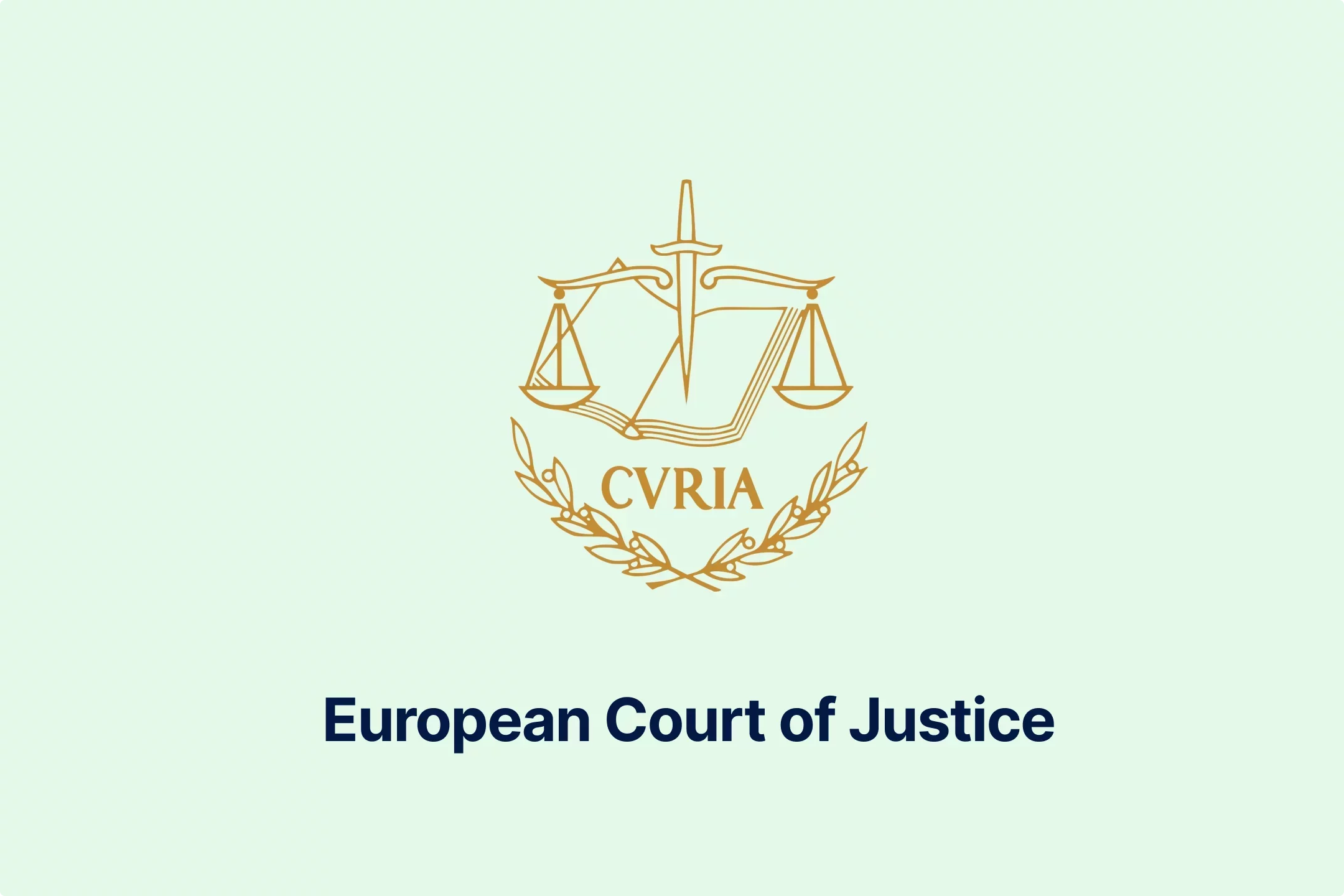
-wfmqhtc7i6.webp)
-7wljbof2zo.webp)
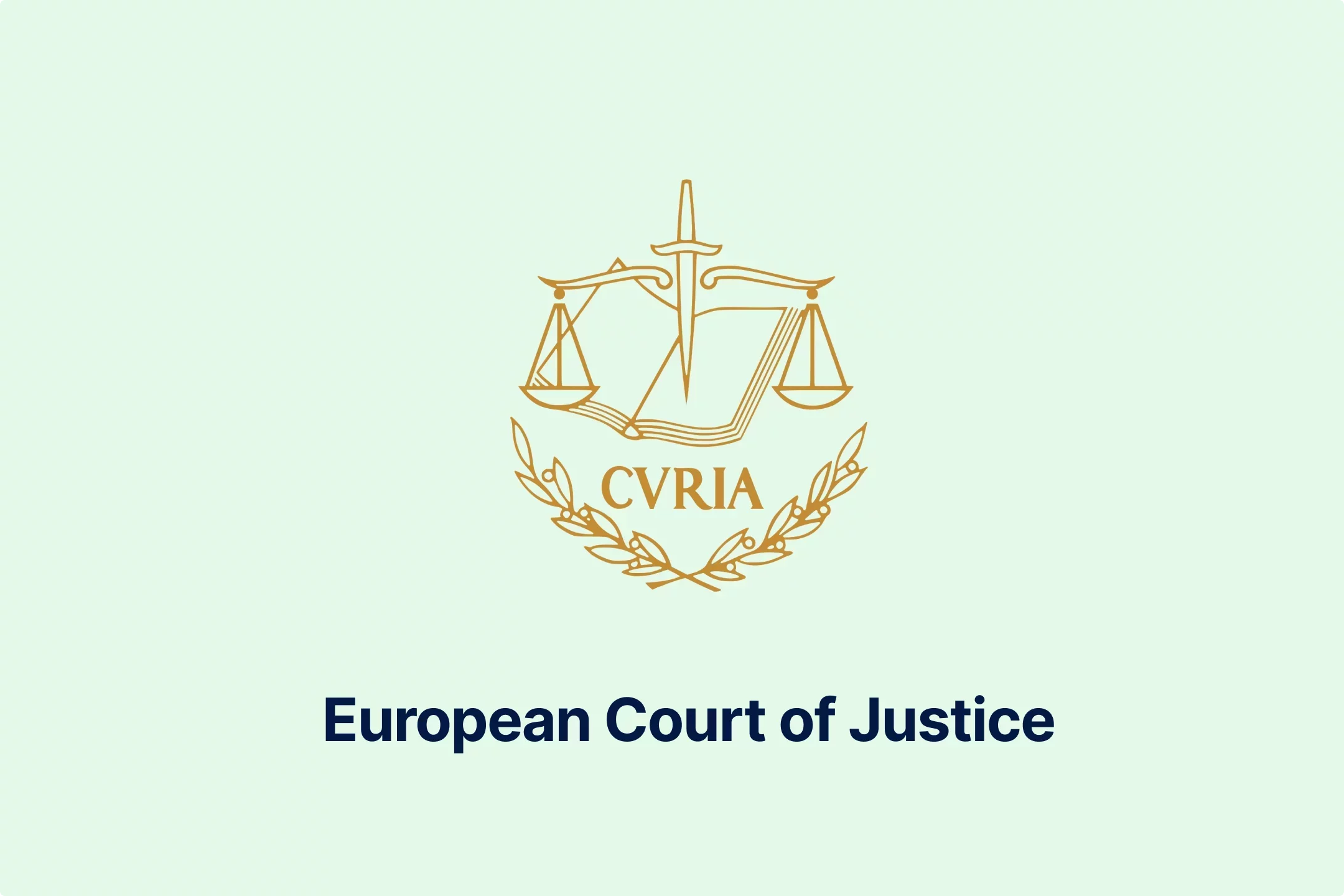
-eqt97uyekl.webp)
-wzw9mcf563.webp)

-z4oxr6i0zd.webp)




-fhtic1pwml.webp)

-iipdguuz9p.webp)
-nkhhwrnggm.webp)
-pltqwerr3w.webp)

-nn6mtfbneq.webp)

-tmnklelfku.webp)



-8z1msbdibu.webp)
-7g16lgggrv.webp)



-lxcwgtzitc.webp)
-9mc55kqwtx.webp)


-xla7j3cxwz.webp)
-jrdryw2eil.webp)





-t9qr49xs2u.webp)


-qjopq5jplv.webp)



-vune1zdqex.webp)

-rgjta7iwiv.webp)

-zb6bxxws47.webp)
-lyfjzw4okp.webp)

-ogpfmol5m1.png)


-czisebympl.png)

-zetvivc79v.png)
-ud7ylvkade.png)
-qizq6w2v5z.png)







-ihr6b4mpo1.webp)
-k1j4au0ph6.webp)
-swxxcatugi.webp)


-ig9tutqopw.webp)

-tauoa6ziym.webp)

-spr0wydvvg.webp)
-xfuognajem.webp)





-u2nv5luoqc.webp)








-opuxpan2iu.webp)




-kwttsfd8ow.webp)
-8u14qi10nj.webp)

-wjpr96aq5g.webp)

.png)

.png)


.png)


.png)



.png)
.png)
.png)
.png)
.png)

.png)
.png)




.png)
.png)




































































































































